October 9, 2025
The Psychology Behind Personalized Video Content (And Why Most Brands Fail at Scale)
Explore the neuroscience of personalized video and why brands fail to scale it—learn the four pillars, ethical data use, and tactics to grow CLV.
Your brain stops scrolling when it sees your name. That split-second pause? That's neuroscience at work, not marketing jargon. You already know personalized video marketing drives results.
The numbers prove it. Click through rates jump. Customer engagement soars. Brand loyalty strengthens. But here's your real problem: scaling personalized video content without losing the personal touch that makes it work.
Most brands understand the psychology behind personalized video. Few can execute it at scale. This gap between knowing and doing costs you customer lifetime value every single day.
You'll learn why your brain responds to personalized messages differently than generic marketing, and why traditional video marketing efforts break when you try to scale personalization.
Key Takeaways
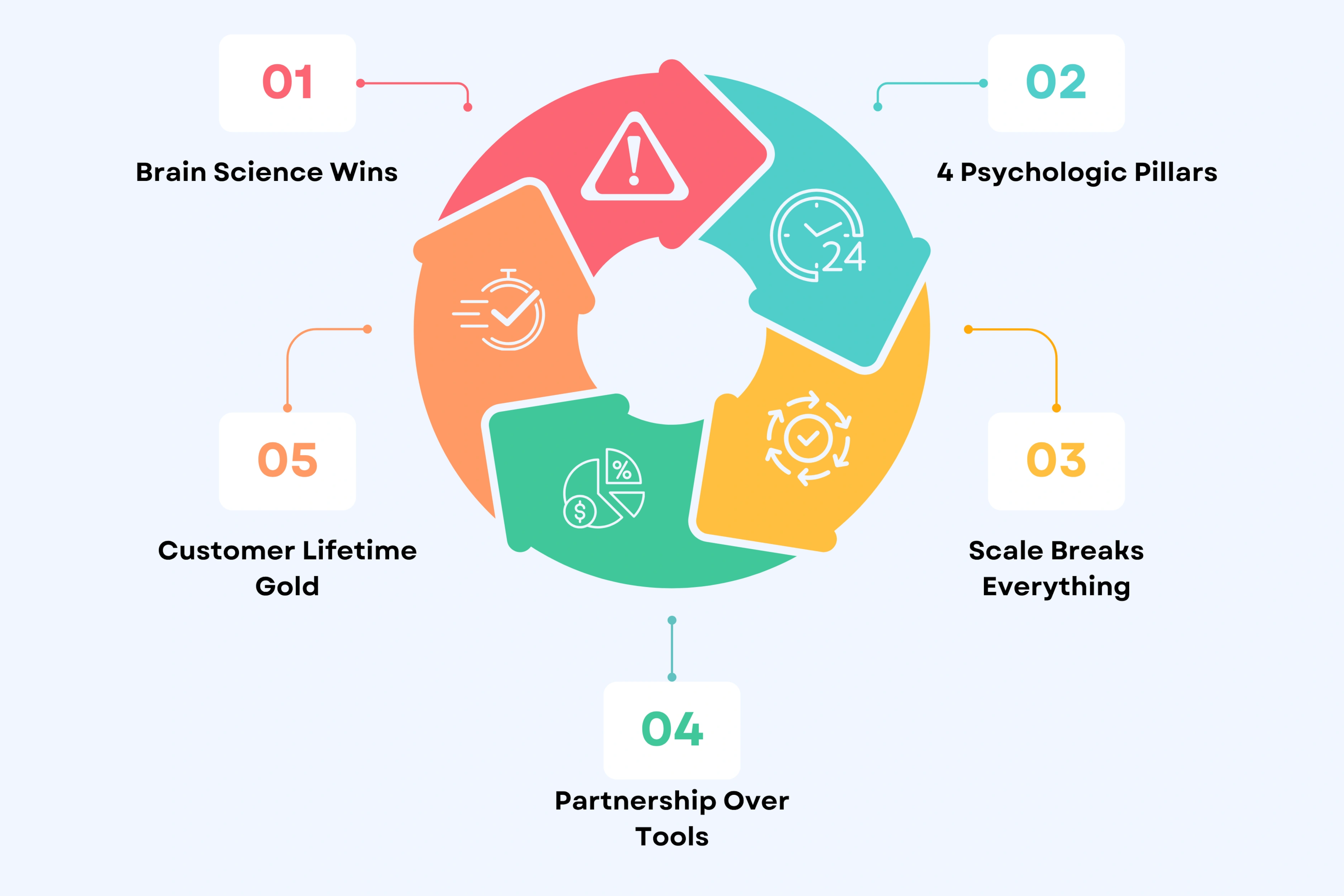
- Brain Science Wins: Why personalized video content triggers different brain responses than generic marketing messages that your target audience ignores daily
- Four Psychological Pillars: The attention, emotion, trust, and decision-making principles that make personalized video messages impossible for your customers to ignore
- Scale Breaks Everything: Why your video marketing efforts fail when you try to create personalized experiences for thousands of individual customers simultaneously
- Partnership Over Tools: What separates successful personalized video campaigns from failed attempts using DIY platforms or traditional agencies
- Customer Lifetime Gold: How brands achieve customer lifetime value through scalable personalized video marketing strategy without sacrificing the personal touch
The Neuroscience Behind Why Personalized Video Works
Your brain processes millions of data points every second, but it stops cold when something feels made for you. This isn't marketing magic—it's hardwired neuroscience that personalized video content exploits perfectly.
Your Brain on Personalization: The Cocktail Party Effect
You're at a crowded party with dozens of conversations happening simultaneously. Somehow, your brain filters out the noise until someone across the room says your name. You hear it instantly. That's the Cocktail Party Effect, and the same principle applies to personalized video messages.
Your brain treats personalized content delivery differently than mass marketing:
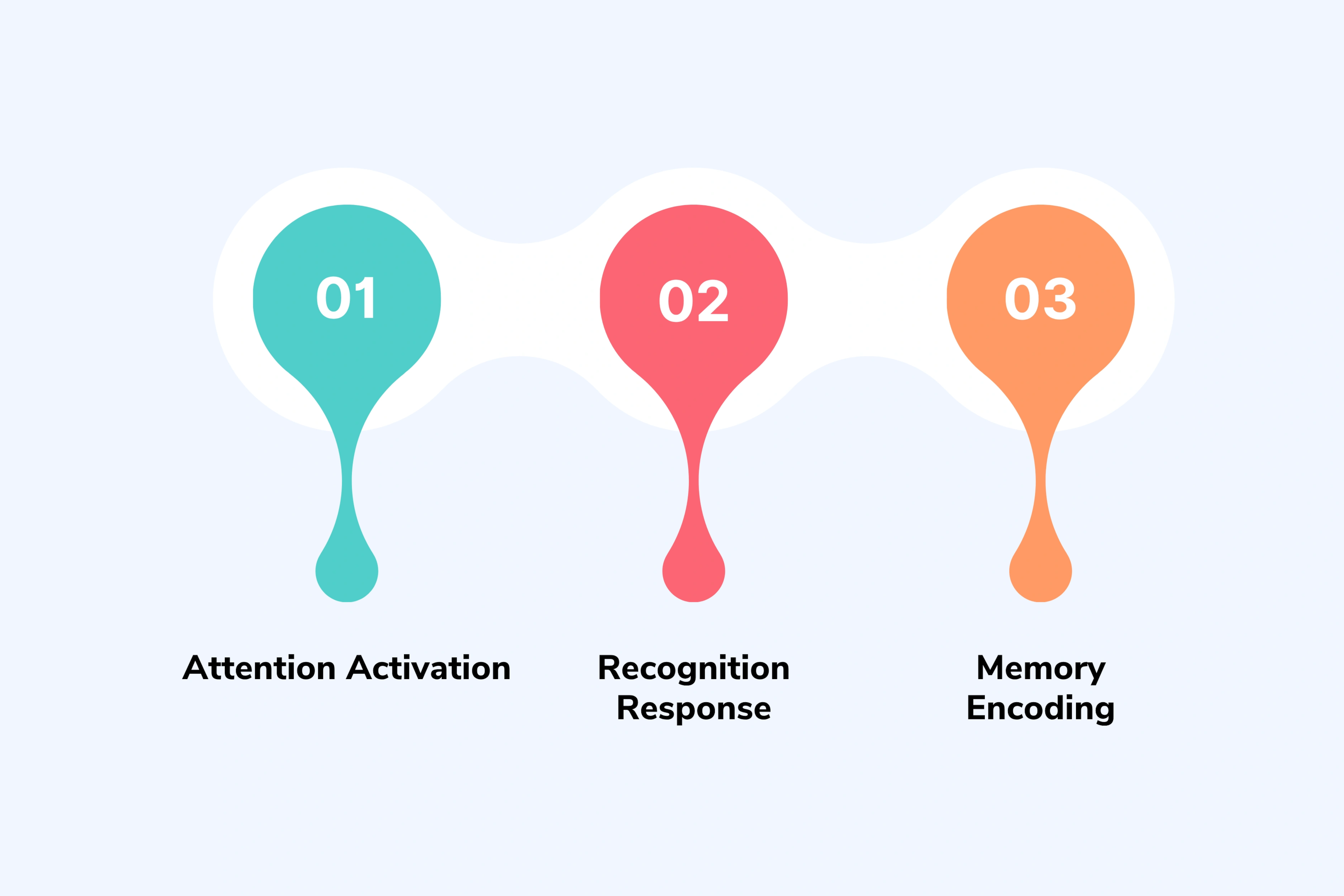
- Attention activation: Generic marketing gets filtered as background noise while personalized messages trigger active attention
- Recognition response: Your name or past purchases in video content force your brain to process the information consciously
- Memory encoding: Personalized experiences create stronger neural pathways than generic marketing you scroll past daily
The Recognition Advantage in Customer Relationship Management
Your memory systems prefer familiar information over novel content. When personalized video marketing references your browsing behavior or customer journey history, your brain recognizes patterns. This recognition builds emotional connection faster than any sales pitch.
How recognition powers your customer relationship management:
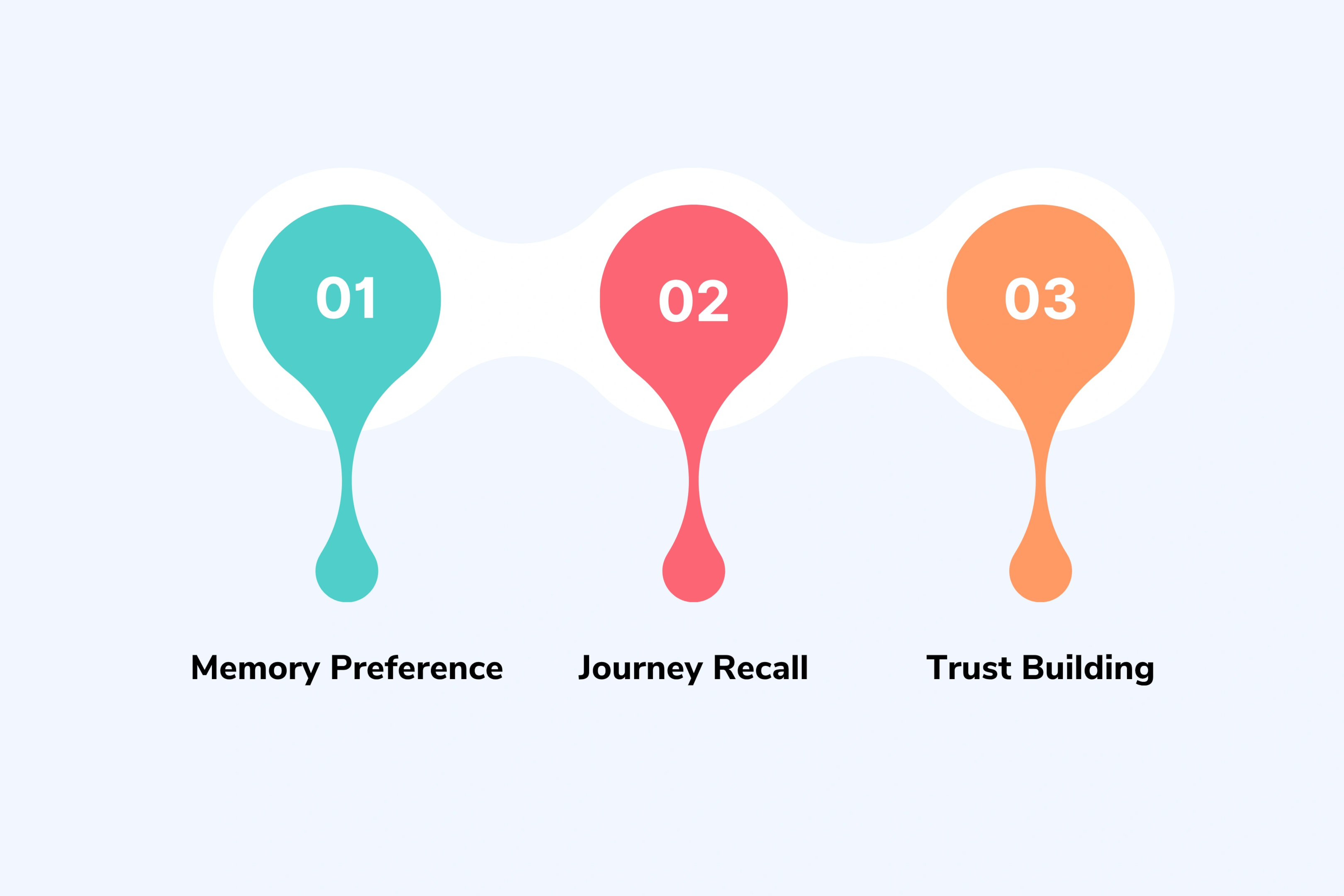
- Memory preference: Your brain processes familiar brand interactions 40% faster than new information
- Journey recall: Video content that references your past purchases creates continuity in your customer experience
- Trust building: Recognition signals safety to your brain, lowering resistance to marketing messages
The Exclusivity Trigger
Scarcity and uniqueness drive how your brain assigns value. When you receive personalized video messages instead of the same message sent to millions, your brain perceives higher value automatically.
Psychology behind exclusivity in personalized marketing:

- Value perception: Your brain assigns 3x more importance to content tailored specifically for you versus mass marketing
- Status signal: Personalized video content makes you feel prioritized, strengthening brand loyalty naturally
- Investment response: When brands invest in creating videos for you, your brain reciprocates with customer engagement
Control and Choice Psychology
Your brain craves control, even the illusion of it. Personalized video recommendations based on your customer preferences create a sense of agency. You feel empowered, not sold to.
How control psychology impacts your decisions:
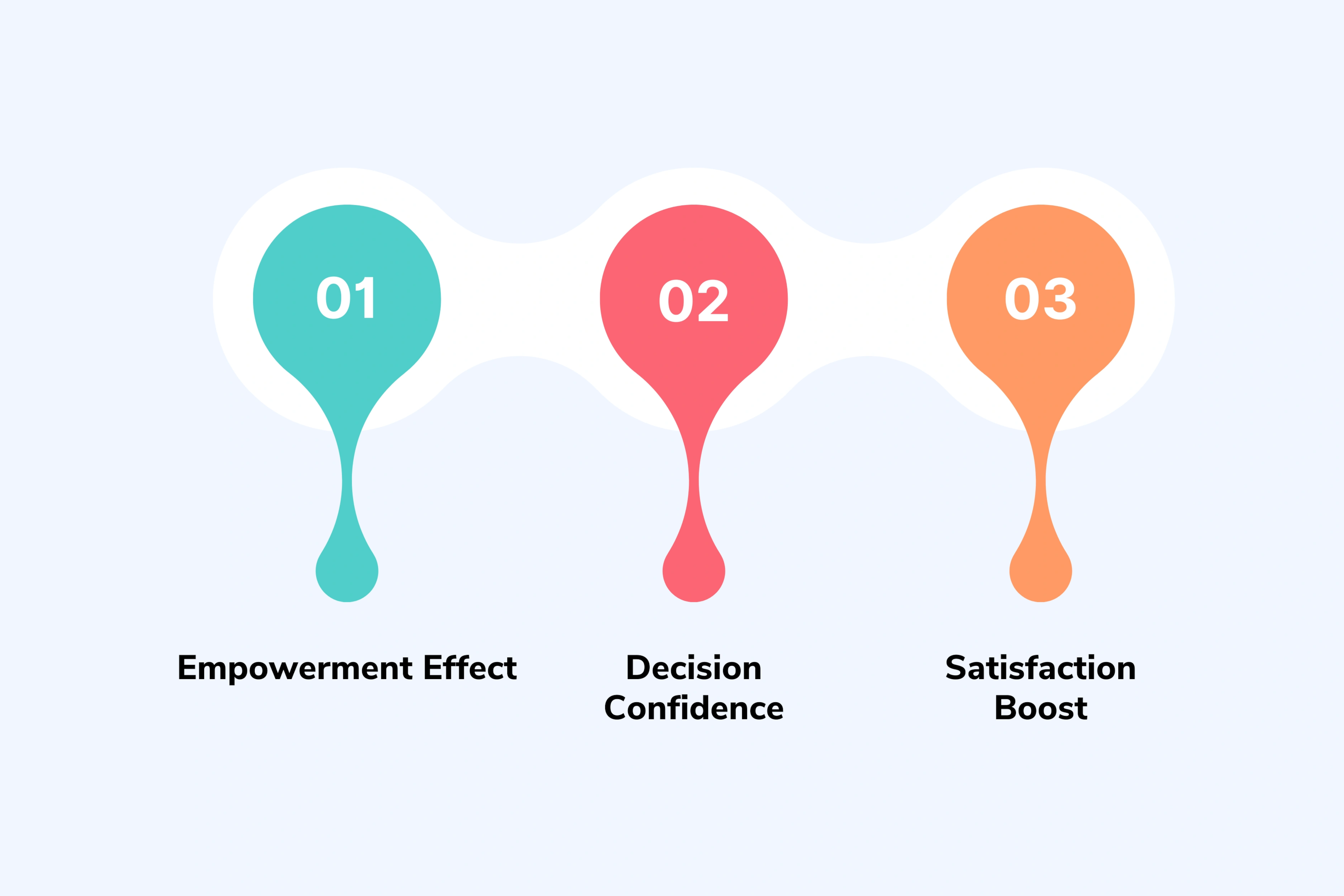
- Empowerment effect: Personalized content delivery makes you feel like an active participant, not a passive target
- Decision confidence: Video marketing efforts that reflect your browsing behavior reduce uncertainty in purchase decisions
- Satisfaction boost: When personalized messages align with your needs, customer satisfaction increases by 60%
The 4 Psychological Pillars That Make Personalized Video Unstoppable
Your brain operates on predictable patterns when consuming video content. These four pillars explain why personalized video marketing cuts through noise while generic marketing disappears into your scroll. Understanding these principles shows you exactly why your target audience responds to personalized messages and ignores everything else fighting for attention.
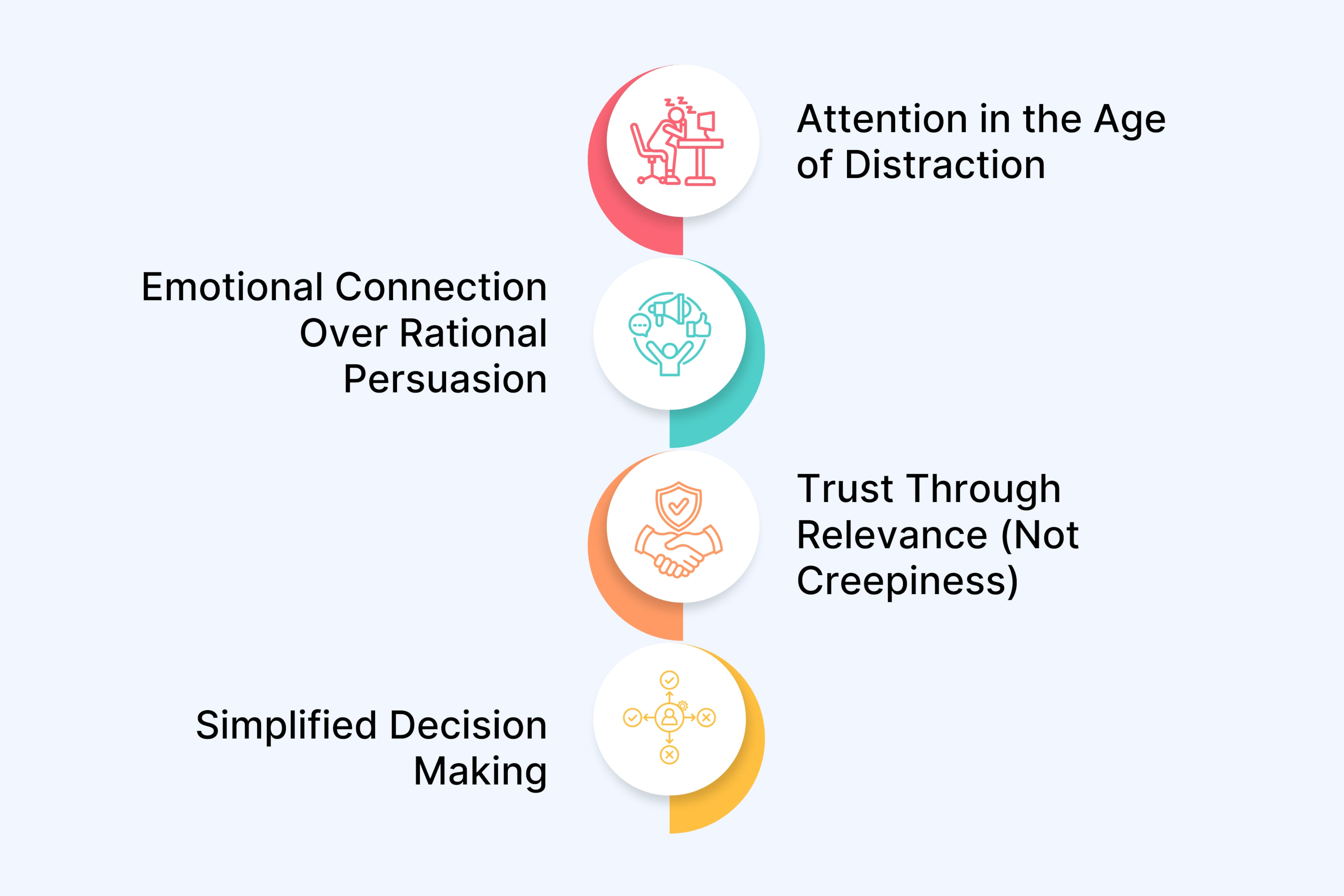
Pillar 1: Attention in the Age of Distraction
Your target audience scrolls past 99% of video content without a second thought. Their brains filter aggressively because attention is your scarcest resource in digital marketing today.
What makes personalized video messages grab attention:
- Pattern interrupt: Your name or behavioral data in the first three seconds stops the scroll immediately
- Relevance recognition: Content matching your past purchases or browsing behavior signals "this matters to me"
- Engagement duration: Personalized video content holds attention 8x longer than generic marketing messages
Pillar 2: Emotional Connection Over Rational Persuasion
Your customers buy on emotion, then justify with logic later. Personalized thank you videos and welcome video content bypass rational filters and connect directly with emotional centers in your brain. 93% of Gen Z and 88% of high earners actively want personalized and interactive video experiences from brands.
The neuroscience of feeling seen versus feeling like just a number:
- Recognition response: Video marketing that acknowledges your customer journey creates oxytocin release, the bonding hormone
- Empathy activation: Personalized experiences trigger mirror neurons, making you feel understood by the brand
- Memory formation: Emotional connection strengthens recall, making your brand the first choice during repeat business decisions
Pillar 3: Trust Through Relevance (Not Creepiness)
There's a fine line between helpful personalization and invasive surveillance. Using customer data with explicit consent and data security builds customer loyalty, not suspicion.
How relevant personalized content builds trust:
- Transparency wins: Clear data management practices make 73% of customers comfortable with personalized marketing
- Value exchange: When personalized video recommendations actually help your decision-making, you welcome the personalization efforts
- Permission-based: Interactive elements that let you control data collection create unified customer experience without creepiness
Pillar 4: Simplified Decision Making
Choice paralysis freezes your brain when faced with endless options. Personalized video marketing strategy reduces cognitive load by showing you exactly what matters for your situation.
How tailored specifically content guides without overwhelming:
- Filtered options: Video content based on your customer preferences eliminates irrelevant choices instantly
- Contextual guidance: Personalized messages that understand your customer journey stage provide the right information at the right time
- Confidence boost: When creating videos that match your behavioral data, brands help you decide faster with less anxiety
Why Understanding Psychology Isn't Enough (The Scale Problem)
You know personalized video content drives results. The data proves it. But knowing psychology and executing personalized video marketing at scale are completely different challenges that break most brands.
The Reality Check: Psychology Works, Execution Fails
The psychology behind personalized video messages is bulletproof. Your brain responds predictably to personal touch and relevant content. Your real problem isn't understanding this—it's producing personalized experiences for thousands of individual customers without losing authenticity.
Why execution fails your video marketing efforts:

- Knowledge gap: Understanding customer engagement psychology doesn't teach you creating videos that feel genuinely personal
- Production reality: Making one personalized video is easy; making 5,000 that maintain emotional connection is where brands break
- Resource mismatch: Your marketing team excels at strategy, not video production workflows that scale quality personalization
Why Traditional Video Production Can't Scale Personalization
Traditional agencies and DIY tools both fail at scaling personalized video content, just in opposite ways. One sacrifices speed and cost, the other sacrifices quality and the personal connection that makes personalization work.
The Time Trap:
- Agencies require 2-3 weeks minimum for personalized video campaign delivery
- Each customer journey touchpoint needs separate video variations
- Your welcome video series alone could take months before launching
The Cost Ceiling:
- Professional video production starts at thousands per finished video
- Multiplying costs across customer preferences creates unsustainable budgets
- Small changes to personalized messages require full reshoots at full price
The Quality Compromise:
- Self-service platforms deliver template-quality video content that screams automated
- Poor avatar quality falls into uncanny valley, destroying brand loyalty instantly
- Your customers recognize fake personalization and trust drops immediately
The "Just Add Their Name" Myth
Inserting someone's name into templated video content isn't personalization—it's lazy automation. Your brain knows the difference immediately between surface-level customization and genuinely personalized experiences.
What your audience actually responds to:
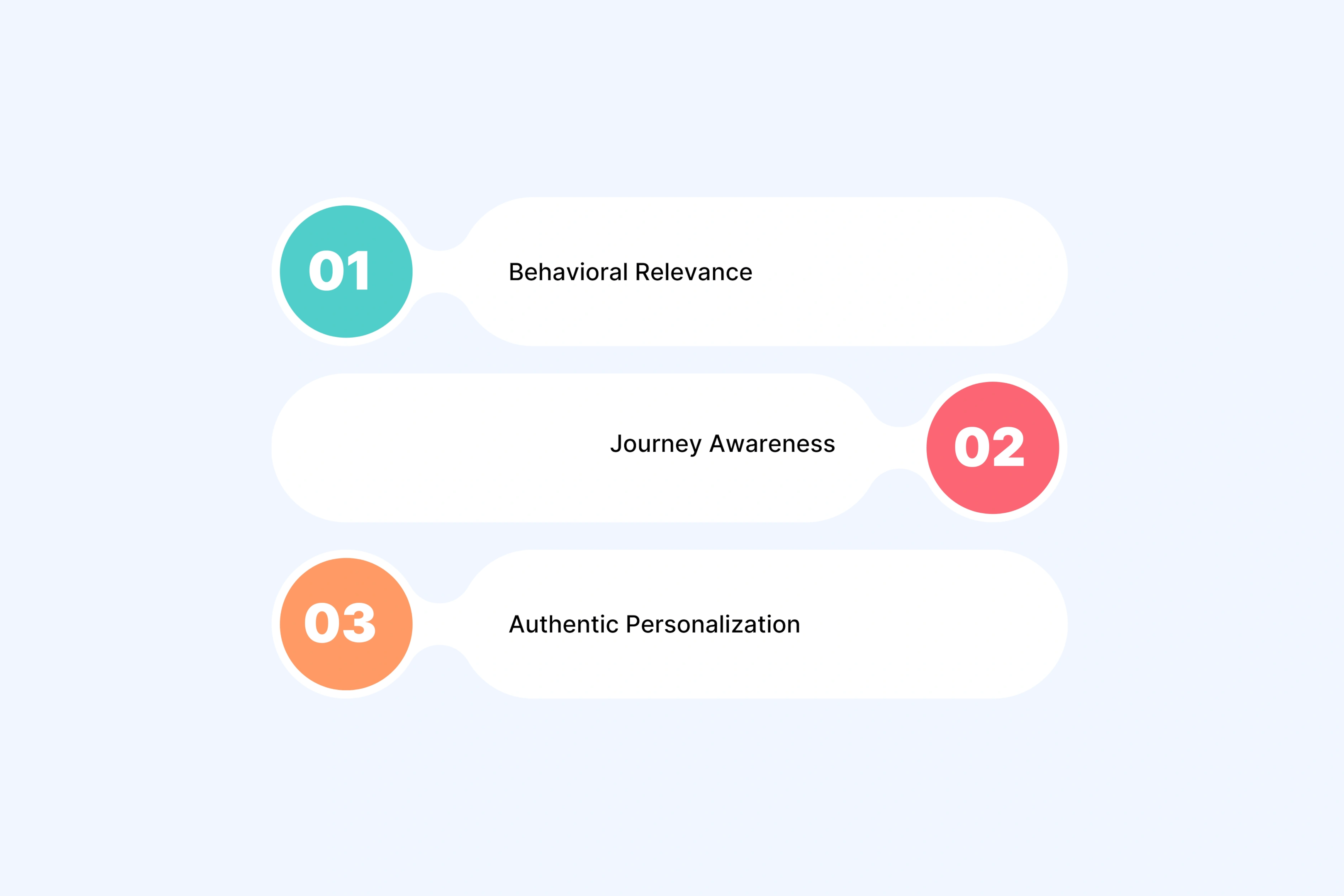
- Behavioral relevance: Personalized video recommendations based on your browsing behavior and past purchases, not just demographic data points
- Journey awareness: Video marketing that understands where you are in your customer journey and addresses specific needs
- Authentic personalization: Content strategy that makes you feel understood as an individual customer, not processed through a mail merge
What Actually Works: The Creative Partnership Approach
DIY platforms and traditional agencies both fail at different ends of the personalization spectrum. Your solution isn't picking the lesser evil—it's choosing a creative partnership model that solves both problems simultaneously.
Beyond Tools and Agencies: The Third Way
Self-service platforms can't deliver the lifelike quality your target audience expects. Traditional agencies can't scale economically for personalized video campaigns across social media platforms and mobile apps. A creative partner bridges this gap by combining strategic expertise with scalable production technology.
Why the partnership model changes digital marketing:
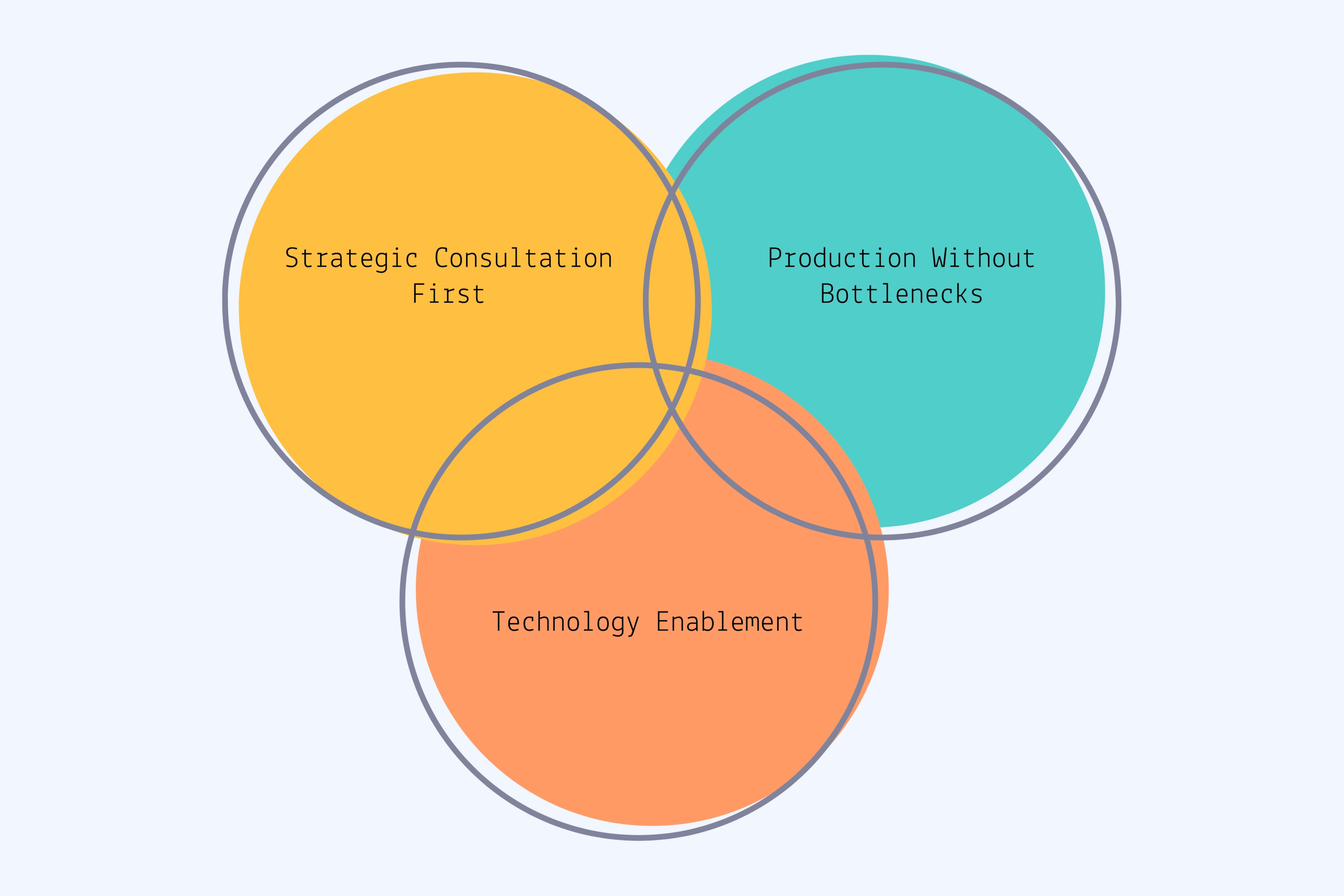
- Strategic consultation first: Partners analyze your customer data and behavioral data before creating anything, not after wasting budget
- Production without bottlenecks: You get personalized video content at scale without hiring, training, or managing production teams internally
- Technology enablement: Advanced tools work behind the scenes while you receive finished personalized experiences, never touching the complexity
The Components of Scalable Personalized Video Marketing
Creative partnerships deliver what neither tools nor agencies can—strategic thinking combined with execution speed. This powerful marketing tool approach transforms how you create personalized videos without sacrificing quality for volume.

Strategic Consultation First, Production Second:
- Partners map your customer journey and identify where personalized messages make all the difference in conversion rates
- Expert recommendations on video format, interactive features, and dynamic content insertion based on your user's browsing history
- Data analysis of your past purchases patterns and future behavior predictions inform personalization strategy from day one
- Collaborative planning aligns video marketing efforts with business goals, not just order fulfillment
End-to-End Production at Scale:
- From concept to final personalized video content without your team managing production workflows
- Maintaining deeper connection across thousands of videos through consistent quality standards
- Technology enables speed without replacing the creative strategy that makes personalization feel authentic
- Turnaround in hours to days depending on complexity, realistic timelines that protect quality
Lifelike Quality That Passes the Authenticity Test:
- Avatar quality matters critically for emotional connection in personalized video messages on social media ads
- Poor execution destroys trust faster than generic marketing; lifelike personalization builds brand loyalty
- Technology creates believable video content that your customers engage with, not scroll past suspiciously
Real Capabilities That Change the Game
Modern creative partnerships offer capabilities that sound futuristic but exist today. These aren't promises about future behavior predictions—they're current production realities that separate powerful tool execution from empty marketing jargon.
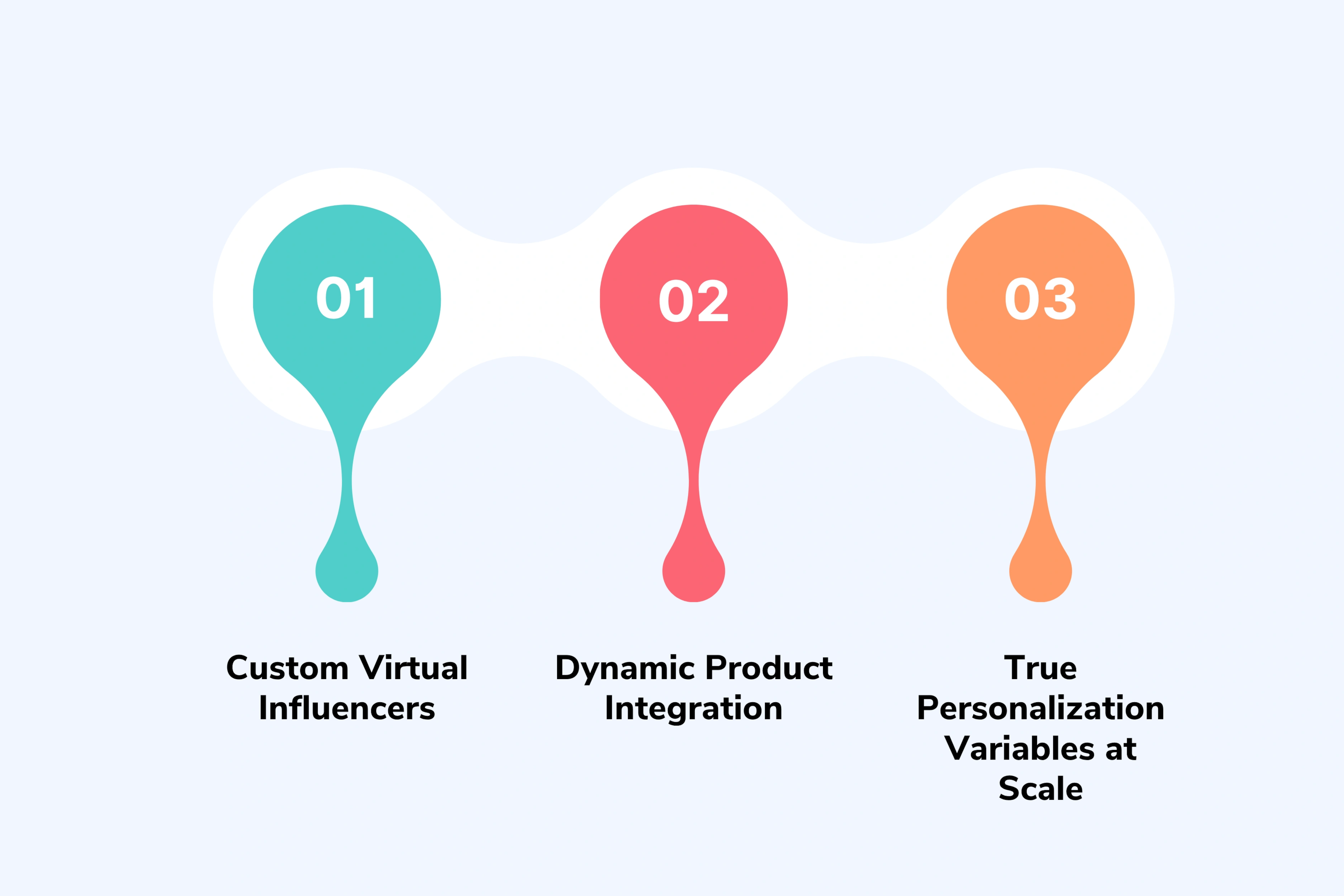
Custom Virtual Influencers Tailored to Your Audience:
- Creating characters matching your target audience demographics precisely based on customer preferences
- Ethnicity, age, style alignment ensures cultural fit across different social media platforms
- Reusable assets across multiple personalized video campaigns without starting from scratch each time
- Example: Unscript created custom virtual influencers for a D2C skincare brand, designing characters matching their customer data profiles, then reused them across 12 campaign variations
Dynamic Product Integration Without Reshoots:
- Seamless product placement in personalized experiences using past purchases and browsing behavior
- B-roll and scenarios feel custom, not templated, maintaining personal touch at scale
- Product training technology enables accurate rendering without individual photoshoots for every variation
- Example: When a fashion brand needed personalized video content for 5,000 customers with different product combinations, Unscript's approach enabled accurate rendering without reshooting
True Personalization Variables at Scale:
- Beyond names: locations, offers, user's browsing history, customer journey stage all become variables
- Creating personalized messages addressing specific contexts builds deeper connection than surface customization
- A/B testing multiple versions without multiplying production time or cost through smart asset reuse
- Mass customization maintaining the personal connection that drives customer engagement and repeat business
How Scalable Personalization Transforms Key Metrics
Scalable personalization doesn't just feel better to your customers. It moves the numbers that actually matter to your business, from first click to final purchase and beyond.
The Engagement Multiplier Effect
Your click through rates tell the first story. When video content feels relevant instead of generic, your audience stops, watches, and acts. This engagement cascade starts with attention and ends with conversion. According to studies, personalized video campaigns generate up to a 500% increase in viewer engagement compared to generic video marketing.
How personalized video transforms engagement metrics:

- Click improvements: Using personalized videos in email campaigns can boost click-through rates by over 200%
- Watch completion: When content matches customer preferences, viewers watch 65% longer than generic alternatives
- Social amplification: Customers share personalized experiences 4x more frequently, creating organic reach across platforms
Customer Lifetime Value and Retention
Acquisition gets attention, but customer retention drives profit. Personalized thank you videos and welcome video sequences reduce churn by making customers feel valued from day one through their entire relationship.
Did you know that personalized onboarding videos have increased customer retention rates by up to 34%. Also, welcome video series tailored for each customer journey stage can reduce early abandonment by 35–40%.
Retention impact of consistent personalization:

- Churn reduction: Welcome video series personalized to customer journey stage cut early abandonment by 35-40%
- Repeat purchase acceleration: Personalized messages timed to buying cycles increase repeat business frequency significantly
- Loyalty compounding: Each positive personalized interaction builds brand loyalty that competitors can't easily break
- Example: An e-commerce brand using Unscript's approach saw 40% customer retention improvement after implementing personalized welcome sequences
Conversion Rates Across the Customer Journey
Different journey stages need different personalization approaches. Awareness needs education, consideration needs comparison, decision needs confidence. Personalized video marketing strategy addresses each stage appropriately.
As per studies, personalized product comparison videos increase conversion rates by as much as 8x in decision moments.
Journey-specific conversion improvements:
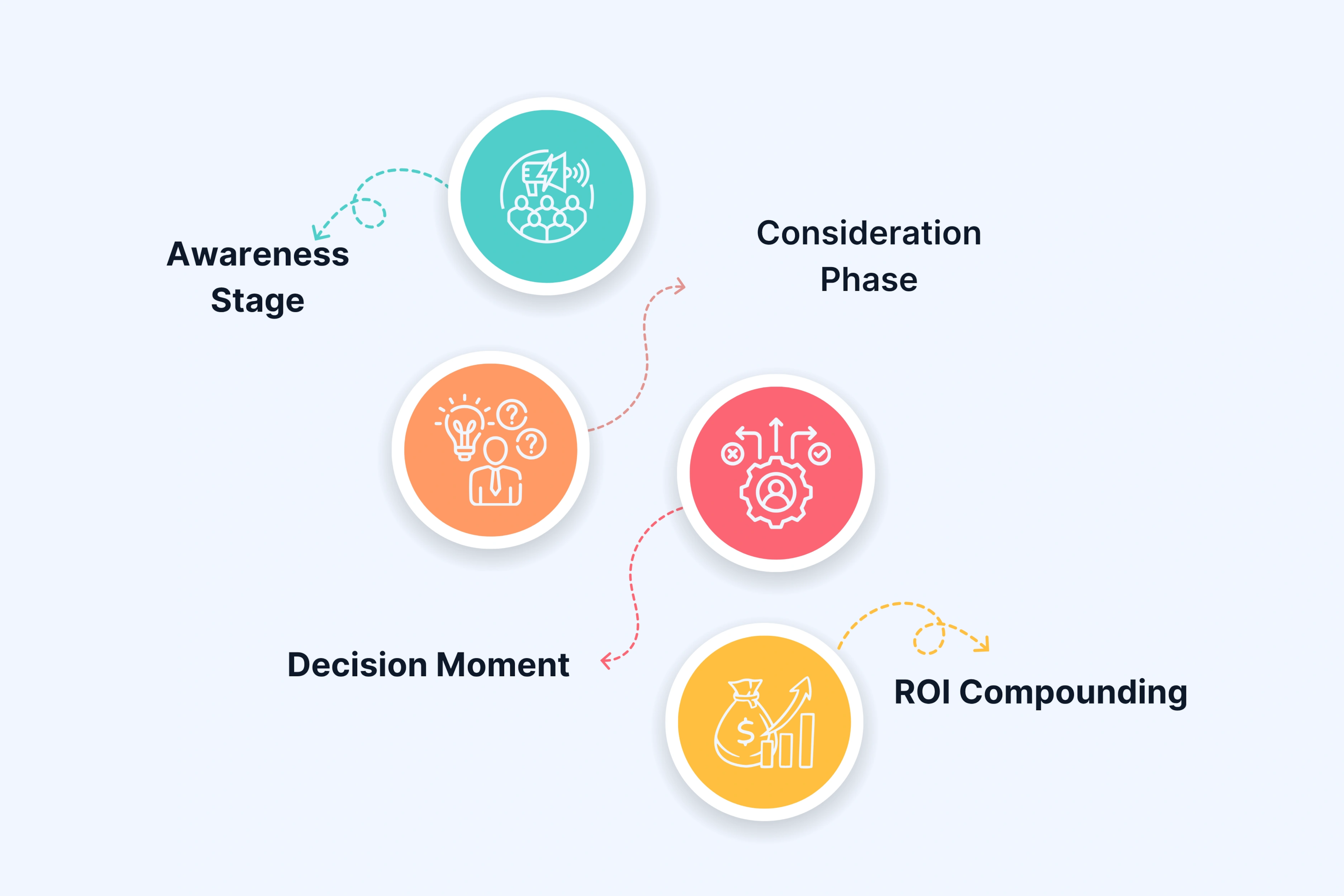
- Awareness stage: Personalized video content introducing solutions to recognized problems converts 28% better than generic explainers
- Consideration phase: Product comparisons tailored to browsing behavior help customers decide faster with less hesitation
- Decision moment: Personalized video recommendations addressing specific objections close deals generic pitches leave open
- ROI compounding: Small conversion improvements at each stage multiply into massive revenue gains over customer lifetime
Key Performance Metrics That Matter
Vanity metrics look good in reports but don't pay bills. Focus on measurements connecting personalization efforts directly to business outcomes and customer satisfaction. Personalized video content holds attention 8x longer than generic marketing messages.
Metrics worth tracking obsessively:
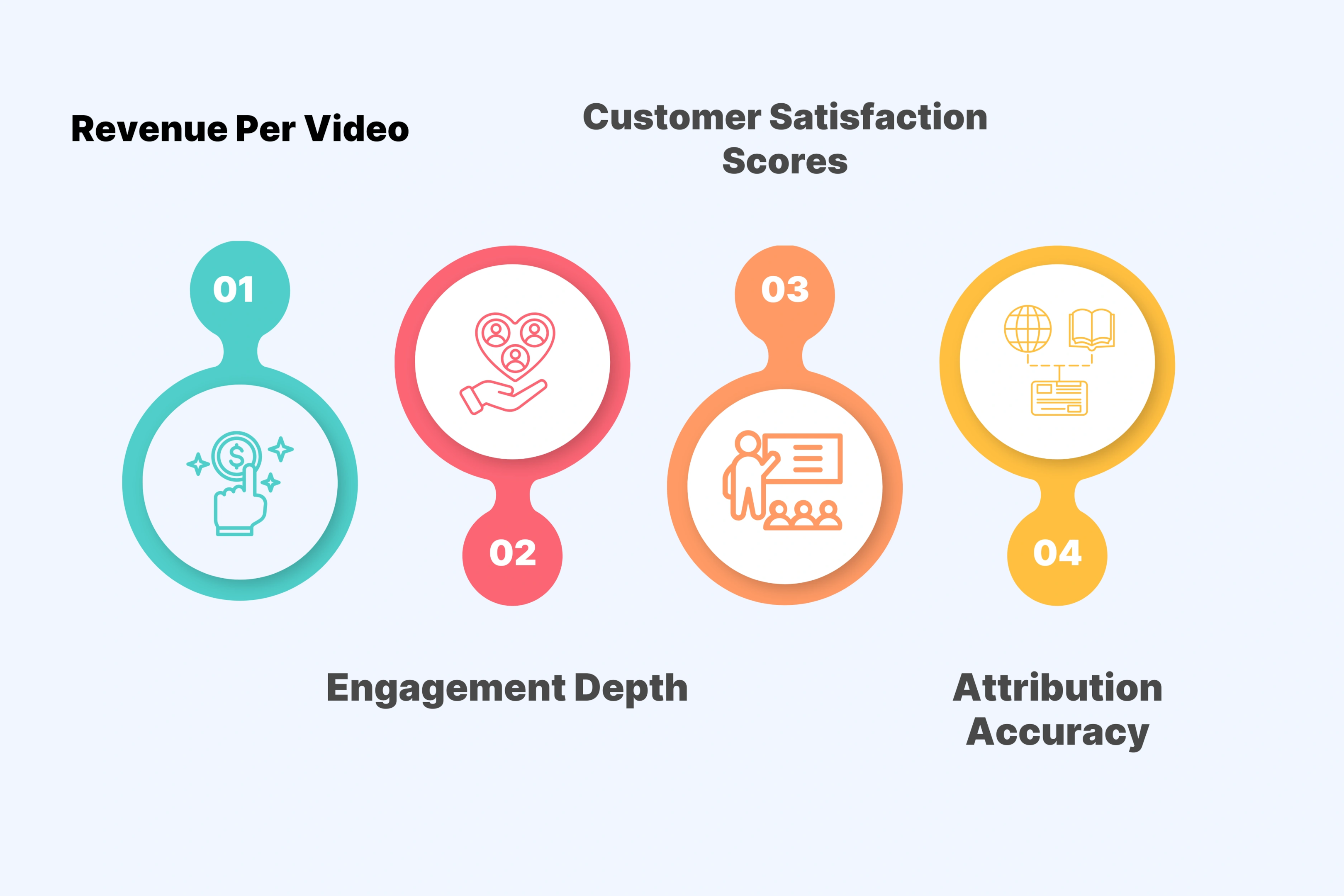
- Revenue per video: Calculate return against production investment for true ROI clarity
- Engagement depth: Track comments, shares, and time spent beyond simple view counts
- Customer satisfaction scores: Survey responses after personalized interactions versus generic touchpoints
- Attribution accuracy: Connect personalized video campaign exposure to downstream purchases and customer engagement patterns
What Strategic Partnership in Personalized Video Actually Looks Like
Working with a creative partner looks nothing like hiring an agency or buying software. The relationship focuses on collaboration, not transactions, with your partner investing in understanding your business before touching production.

The Discovery and Strategy Phase (What Happens First)
Your creative partner doesn't start by asking what videos you want. They start by understanding your business challenges, audience segments, and where video fits into solving real problems for your customers.
What happens during strategic discovery:
- Business mapping: Partners identify high-impact touchpoints where video drives measurable results, not just nice-to-have content
- Audience analysis: Deep dive into segments, preferences, and what actually motivates action from your specific buyers
- Permission audit: Reviewing what information you can ethically use without crossing privacy lines or damaging trust
- Success definition: Establishing clear metrics that align video investment with revenue goals, not just engagement vanity numbers
The Collaborative Brief Process
You bring business objectives and audience insights. Your partner brings production expertise and strategic recommendations. Together you determine where investment creates maximum impact.
How collaboration improves outcomes:
- Two-way dialogue: Partners challenge assumptions and suggest alternatives based on what actually works in video
- Format optimization: Recommendations on length, tone, variables, and delivery channels for your specific audience
- Reality checks: Honest conversations about what's achievable within timeline and budget constraints
- Iterative refinement: Briefs evolve through discussion, not handed off and forgotten
- Example: A B2B SaaS company approached Unscript wanting product demos. After strategy discussions, they shifted to journey-specific sequences, resulting in better outcomes
Production That Scales Without Your Team's Time
Your partner handles everything from scripting through final delivery. You provide approvals at key stages without micromanaging workflows or learning production tools yourself.
How hands-off production actually works:
- Script to finish: Partners manage entire workflow while keeping you informed at decision points
- Approval efficiency: Review at milestones, not constant involvement that drains your schedule
- Technology invisibility: Complex tools work behind scenes; you never touch platforms or learn software
- Speed with quality: Delivery in hours to days depending on complexity, maintaining standards across hundreds of variations
Optimization and Iteration
Launch isn't the end. Smart partners help you test, learn, and refine approaches based on real performance, building asset libraries that make future campaigns faster and cheaper.
Continuous improvement through partnership:
- Testing frameworks: A/B testing different versions to learn what resonates with your audience segments
- Performance analysis: Understanding which approaches drive results worth replicating versus abandoning
- Asset building: Creating reusable libraries of characters, scenes, and elements that reduce future production needs
- Efficiency gains: Each campaign teaches lessons that make subsequent work faster, better, and more cost-effective
The Data Intelligence Your Creative Partner Handles
Data powers personalization, but managing it responsibly separates brands that build trust from those that creep out customers. Your creative partner handles technical complexity while you maintain control and customer confidence.
What Personalization Data Actually Powers Results
Not all information is equally useful for creating relevant experiences. Your partner knows which data points drive meaningful personalization versus noise that adds no value to your audience.
Data categories that matter most:
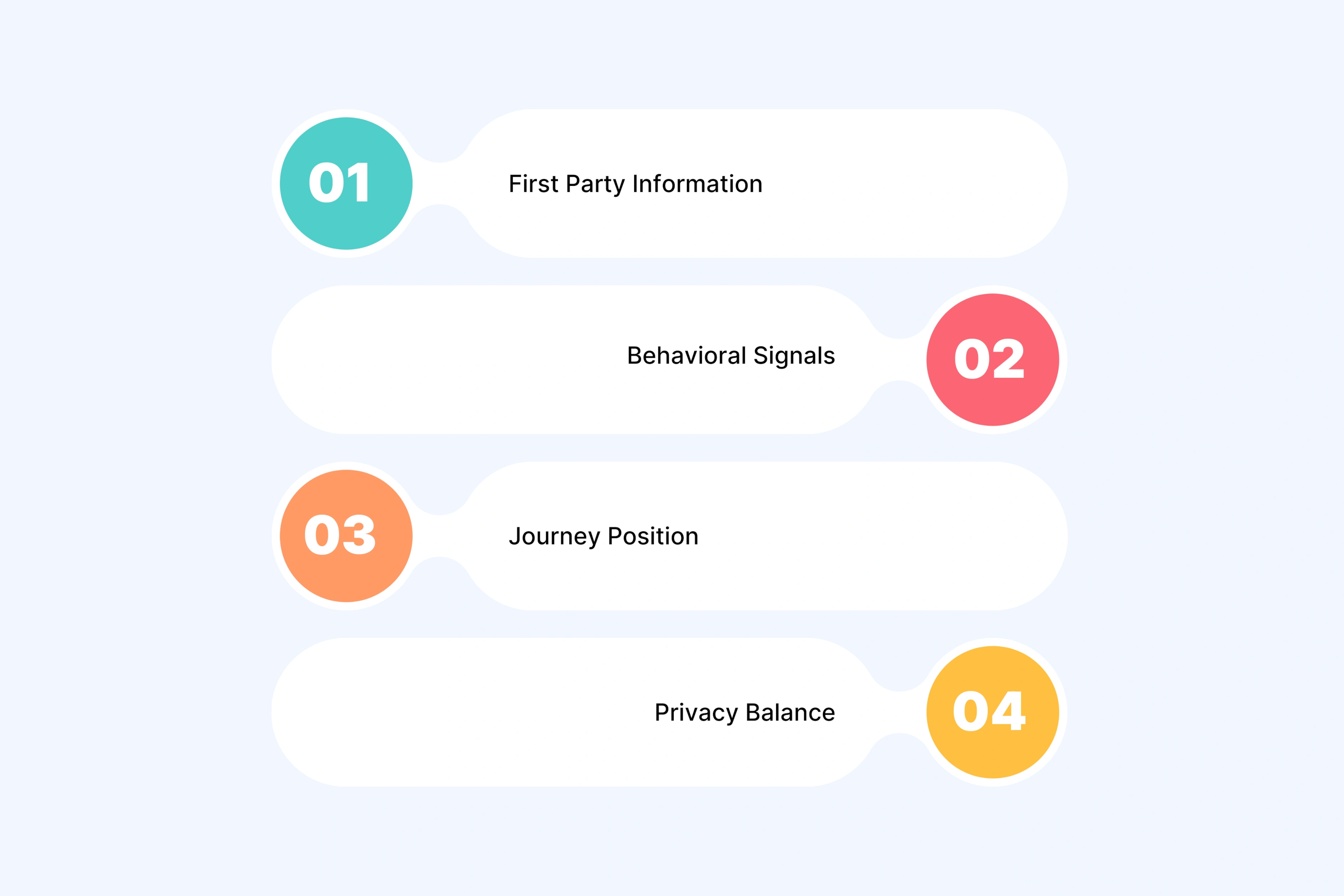
- First-party information: Details customers voluntarily share through forms, purchases, and account creation with explicit consent
- Behavioral signals: Actions taken on your site, abandoned carts, category browsing, and interaction patterns revealing intent
- Journey position: Where customers stand in their buying process determines which messages feel helpful versus pushy
- Privacy balance: Your partner ensures data collection builds confidence rather than concern through transparent practices
From Raw Data to Personalized Experiences
Translating spreadsheets into compelling video requires expertise most brands lack internally. Creative partners bridge technical data management and creative execution seamlessly.
How partners transform information into connection:
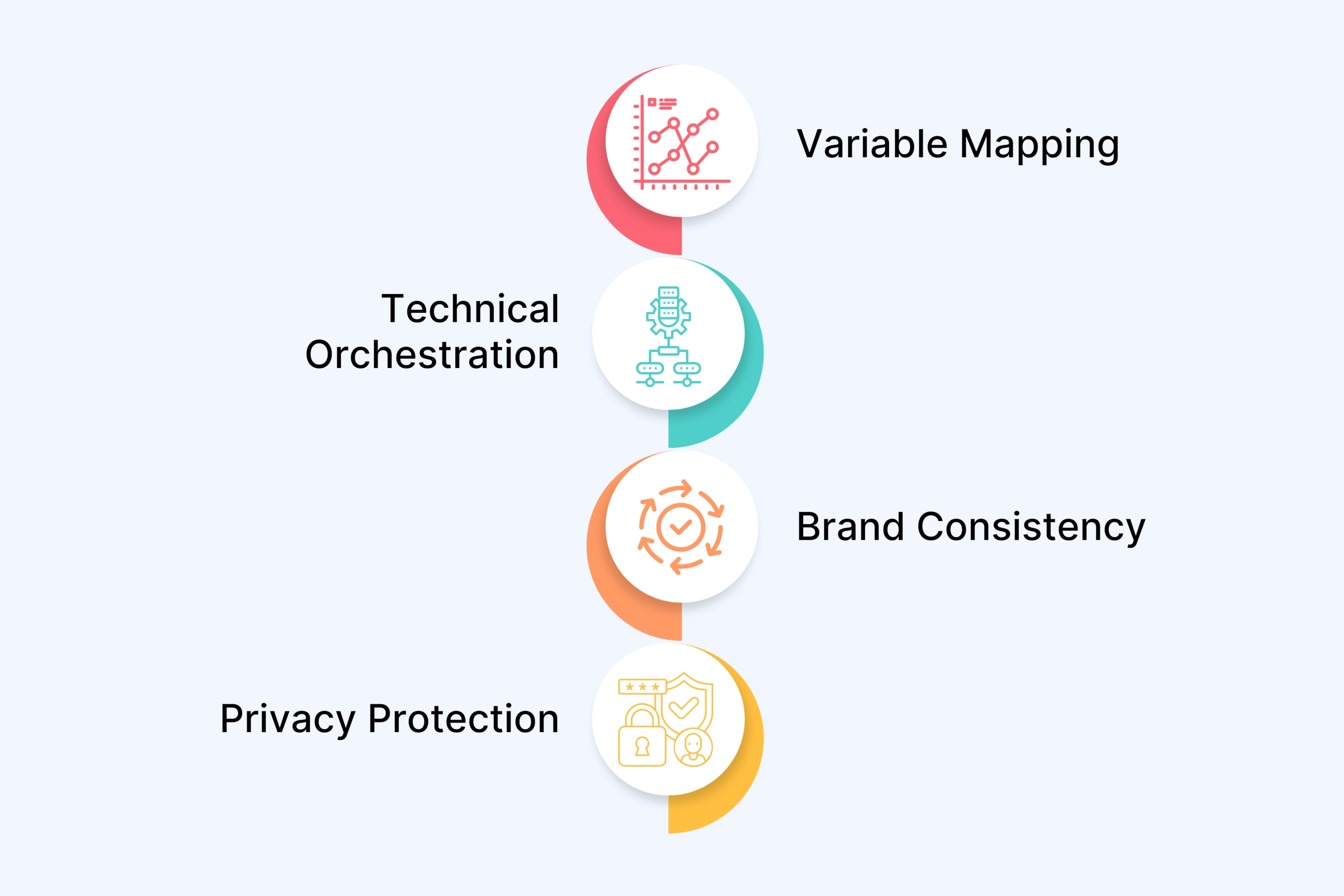
- Variable mapping: Converting database fields into personalization elements that feel natural, not robotic
- Technical orchestration: Handling synchronization, security protocols, and delivery infrastructure you never see
- Brand consistency: Ensuring every variation maintains your voice, style, and messaging standards regardless of scale
- Privacy protection: Managing information responsibly with encryption, access controls, and compliance adherence built into workflows
The Variables That Create Meaningful Connection
Surface personalization uses names. Deep personalization uses context, history, and understanding. Your partner knows which variables actually influence decisions versus gimmicks that feel hollow.
Variables worth leveraging strategically:
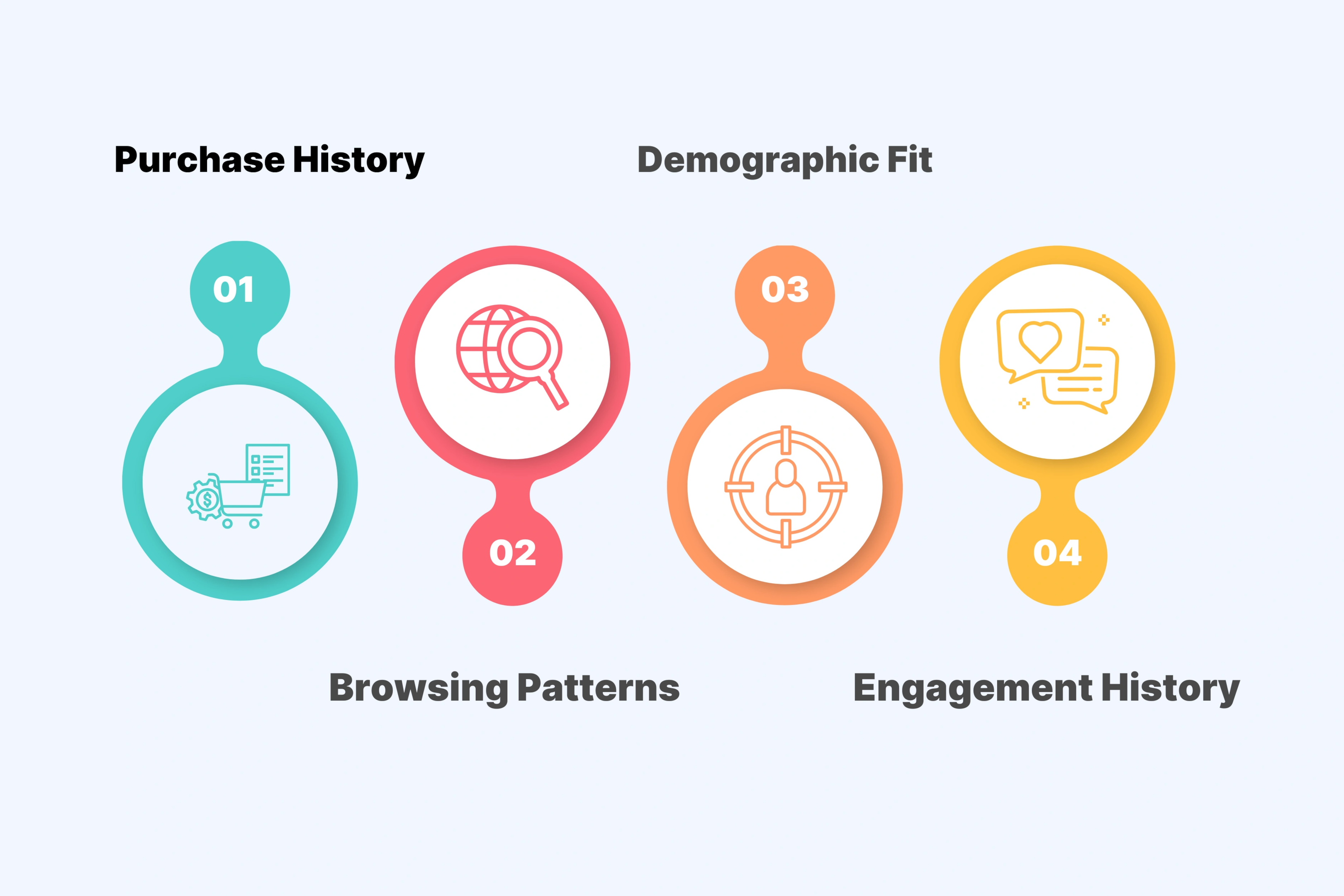
- Purchase history: Past buying informs product recommendations and upsell opportunities that feel relevant
- Browsing patterns: Categories explored signal interests worth addressing in video messaging
- Demographic fit: Age, location, and cultural context ensure messaging resonates appropriately with each segment
- Engagement history: Previous interaction depth shapes video length, complexity, and call-to-action approaches
Data Security as Partnership Foundation
Your partner's approach to protecting customer information directly impacts your reputation. Sloppy practices destroy trust you've spent years building.
Security practices that matter:
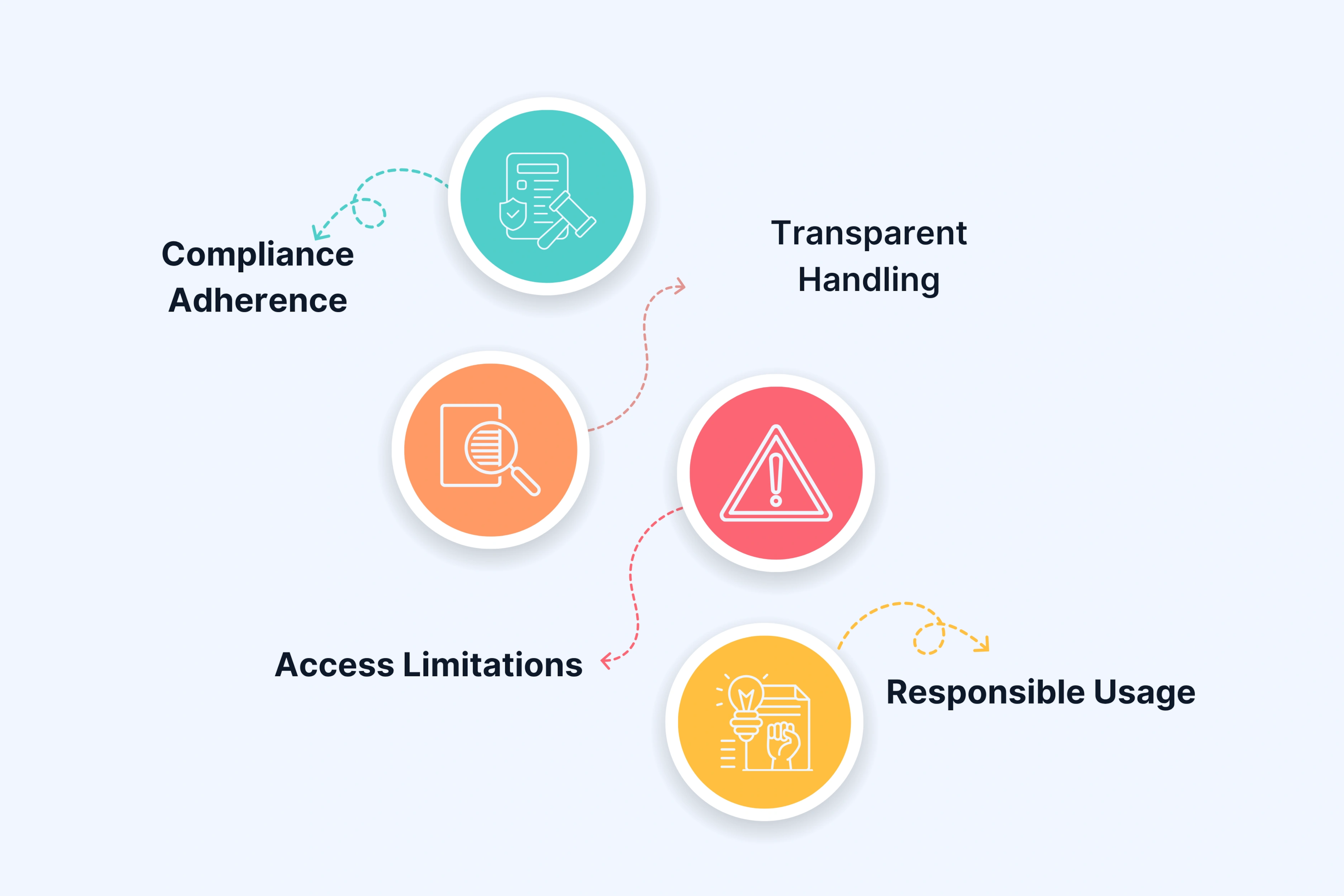
- Compliance adherence: Meeting regulations and industry standards protects both parties legally and ethically
- Transparent handling: Clear documentation of what information gets used and how it's protected
- Access limitations: Strict controls on who touches customer details and audit trails for accountability
- Responsible usage: Only leveraging information customers willingly provided, never purchasing third-party lists or scraping
Why Most Brands Get Personalized Video Marketing Wrong
Understanding what works means nothing if you keep making the same mistakes that sink most personalization attempts. These five errors destroy results before campaigns even launch.
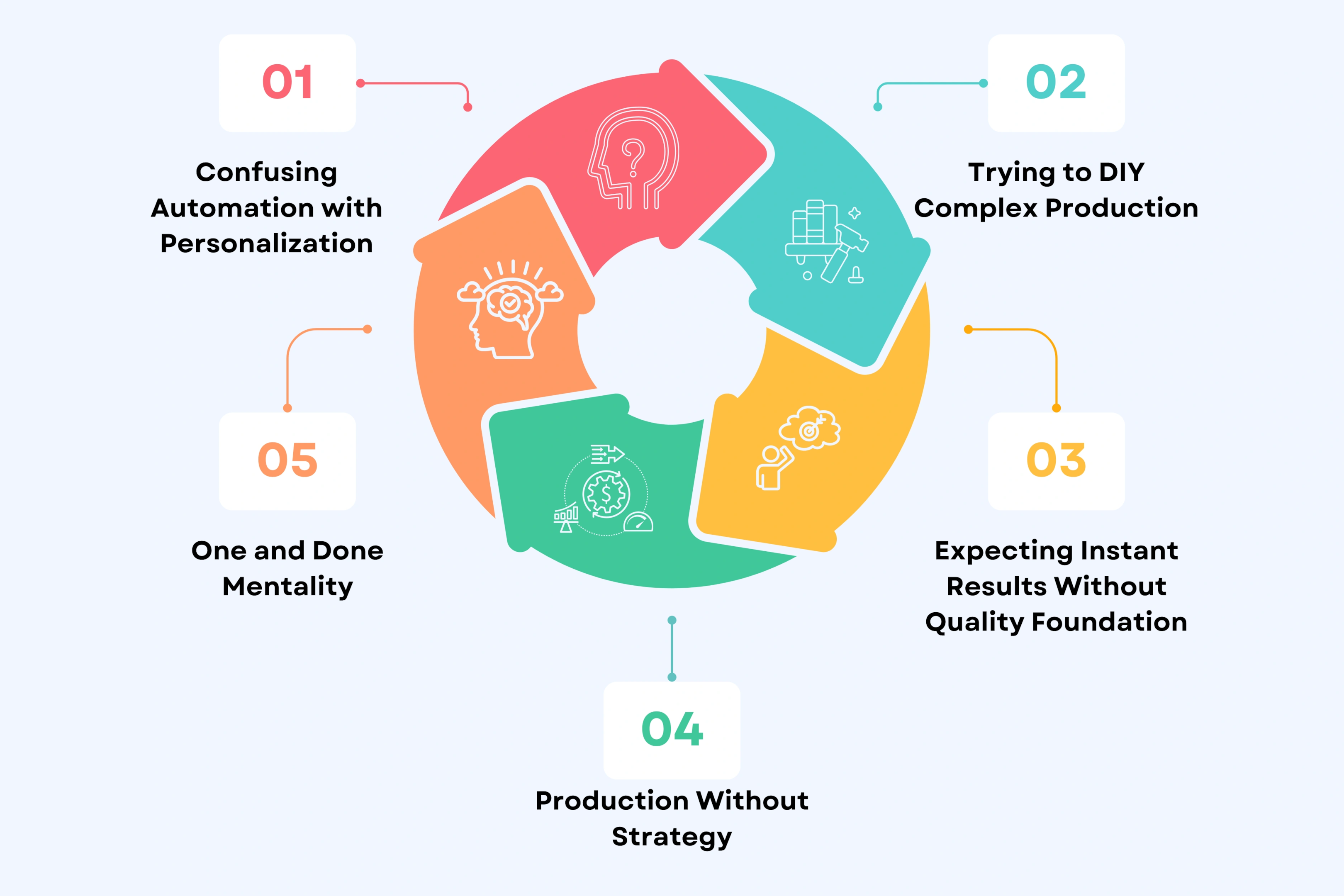
Mistake 1: Confusing Automation with Personalization
Templates with name swaps aren't personalized experiences. They're automated mail merges that insult your audience's intelligence. Your customers recognize the difference instantly and dismiss lazy attempts as spam.
Why automation alone fails spectacularly:
- Template recognition: Your audience spots cookie-cutter structures immediately, destroying any illusion of personal effort
- Emotional disconnect: Generic frameworks with variable insertion create zero connection because nothing feels genuinely made for them
- Quality threshold: Lifelike execution requires human strategy guiding technology, not technology replacing human thought entirely
- Trust erosion: Bad personalization damages relationships worse than no personalization because it proves you don't actually care
Mistake 2: Trying to DIY Complex Production
Your marketing team excels at strategy, messaging, and audience understanding. Video production at scale requires entirely different skills you probably don't have in-house.
The hidden costs of figuring it out internally:
- Expertise gap: Creating videos that feel authentic demands specialized knowledge most marketers lack
- Time hemorrhage: Hours spent learning tools and troubleshooting problems could be spent on strategy that actually drives revenue
- Failed attempts: Multiple rounds of unusable content waste budget before admitting you need outside expertise
- Opportunity cost: While you struggle with production, competitors with partners are already capturing market share
Mistake 3: Expecting Instant Results Without Quality Foundation
The dangerous myth of instant video delivery sets unrealistic expectations that force quality compromises. Rushed work backfires, damaging your brand instead of building it.
Why speed without strategy destroys value:
- Quality requirements: Authentic personalization takes hours to days, not minutes, regardless of technology used
- Corner-cutting consequences: Sacrificing production standards to hit arbitrary deadlines produces content customers ignore or mock
- Brand damage: Poor-quality video reflects badly on your entire company, not just your marketing department
- Realistic timelines: Few hours to few days balances speed with standards that actually work
Mistake 4: Production Without Strategy
Creating videos randomly instead of intentionally mapping where they fit in your customer journey wastes resources on content that doesn't move metrics.
Why strategy must precede production:
- Wasted investment: Videos created without clear purpose rarely achieve measurable business outcomes
- Message mismatch: Content that doesn't align with journey stage confuses rather than converts your audience
- Resource inefficiency: Budget spent on unnecessary videos could fund high-impact placements that actually drive results
- Framework necessity: Successful campaigns follow documented strategies connecting video to specific business goals
Mistake 5: One and Done Mentality
Treating personalization as a single campaign instead of an ongoing relationship program leaves massive value on the table. Smart brands build systems, not standalone projects.
Why continuous personalization wins long-term:
- Relationship building: Customer connections deepen through consistent, relevant communication over time
- Asset leverage: Reusable elements like characters and scenes make each subsequent campaign cheaper and faster
- Learning acceleration: Each campaign teaches lessons that improve future performance when you're committed to the approach
- Competitive moats: Brands investing in personalization infrastructure create advantages competitors can't quickly replicate
What's Already Possible (Not Future Dreams)
Most brands think advanced personalization is years away. The technology exists today. The gap isn't innovation waiting to happen. It's execution quality separating promise from reality.
The Technology Gap Between Promise and Reality
Many platforms advertise personalized video capabilities but deliver glorified templates. The difference between what's technically possible and what's actually delivered determines whether your campaigns succeed or fail.
What separates real capability from marketing hype:
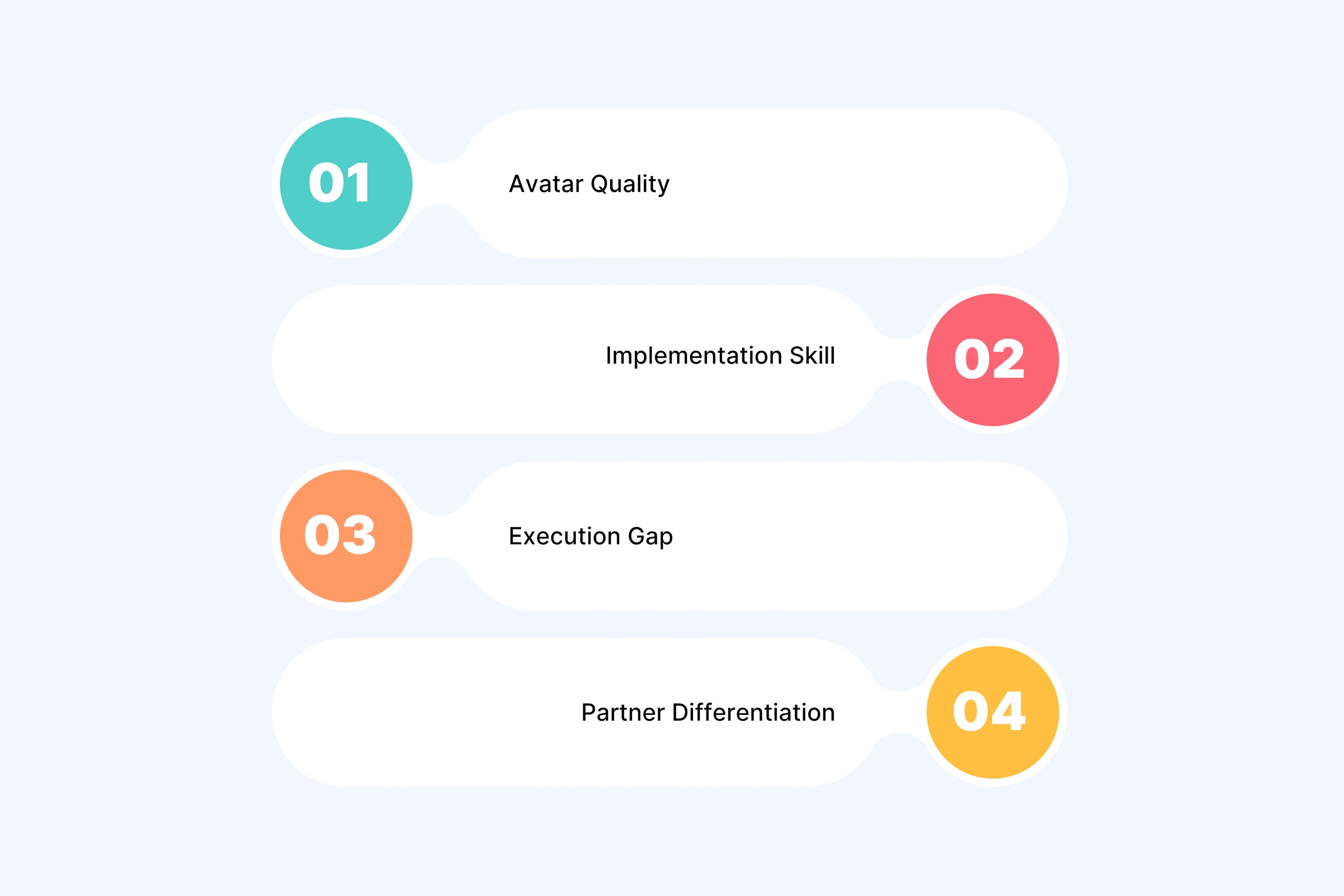
- Avatar quality chasm: Technology for lifelike characters exists now, but few execute it well enough to pass authenticity tests
- Implementation skill: Having access to tools doesn't mean knowing how to use them for results that feel genuinely personal
- Execution gap: Most failures aren't technology limitations but rather poor strategy and sloppy production destroying potential
- Partner differentiation: The right creative partnership delivers capabilities most brands assume are still impossible or prohibitively expensive
Current Capabilities That Sound Like Future
What sounds like science fiction is production reality today when executed properly. These capabilities aren't coming soon. They're available now through partners who've mastered the technology.
What's actually possible right now:
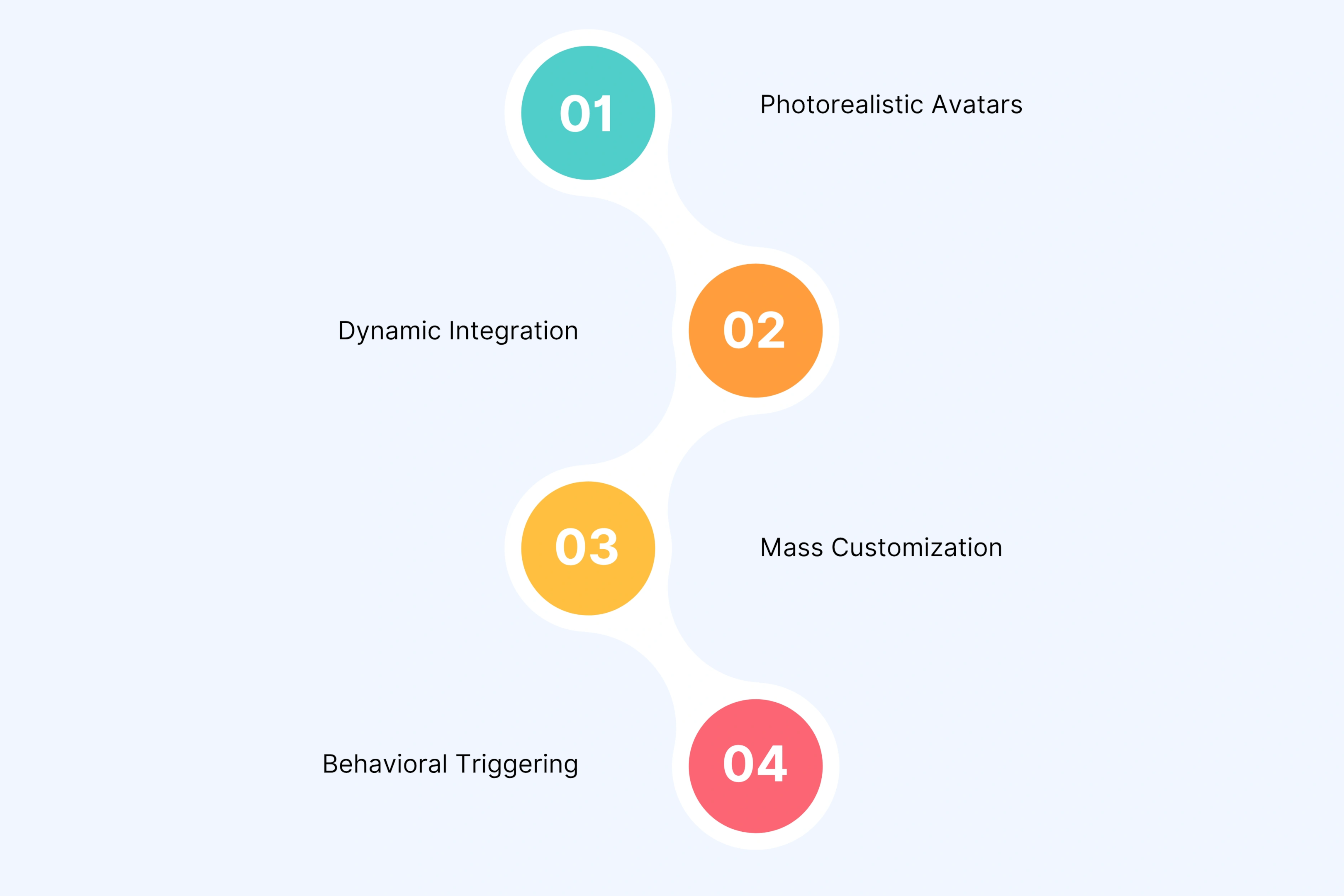
- Photorealistic avatars: Virtual characters indistinguishable from real people in video format, eliminating casting and scheduling constraints
- Dynamic integration: Products placed seamlessly into scenes without physical shoots, enabling unlimited variations efficiently
- Mass customization: Thousands of unique videos maintaining cinematic quality standards, not template quality compromises
- Behavioral triggering: Real-time personalization based on actions, delivering relevant content exactly when it matters most
Where the Industry is Heading
The bar for authentic personalization rises constantly. What impressed audiences last year feels generic today. Your competitors are figuring this out while you read this.
Why starting now matters critically:
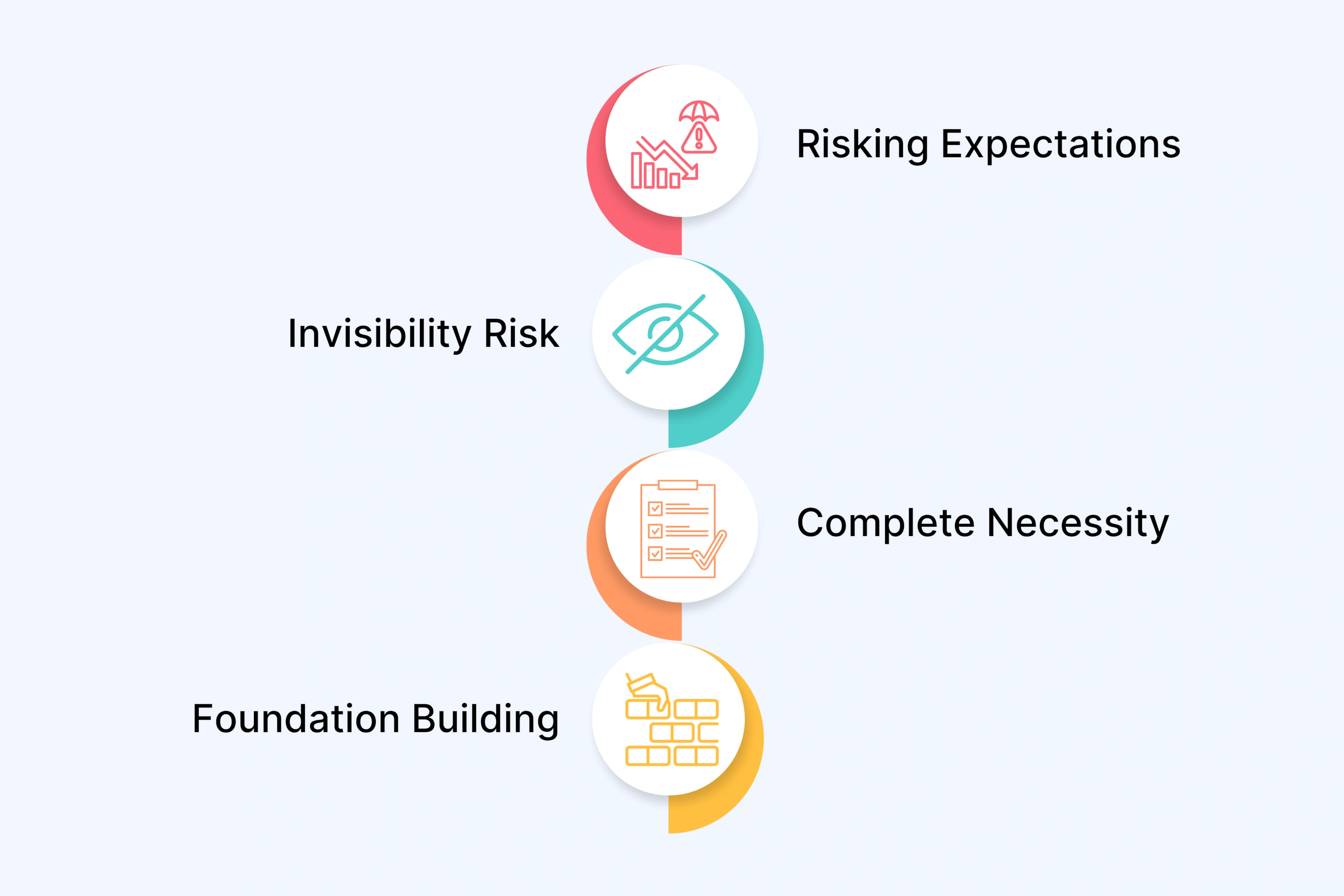
- Rising expectations: Your audience demands increasingly sophisticated personalization as exposure to quality examples grows
- Invisibility risk: Generic content becomes completely invisible as personalized alternatives dominate attention
- Competitive necessity: Mastering scalable personalization isn't optional anymore for brands serious about growth
- Foundation building: Starting today lets you build asset libraries, learn audience preferences, and establish advantages before markets saturate
Why Starting Now Matters
Waiting for perfect circumstances means losing ground to competitors who started imperfectly but learned fast. First-mover advantages in personalization create moats that protect market position for years.
Strategic reasons to begin immediately:
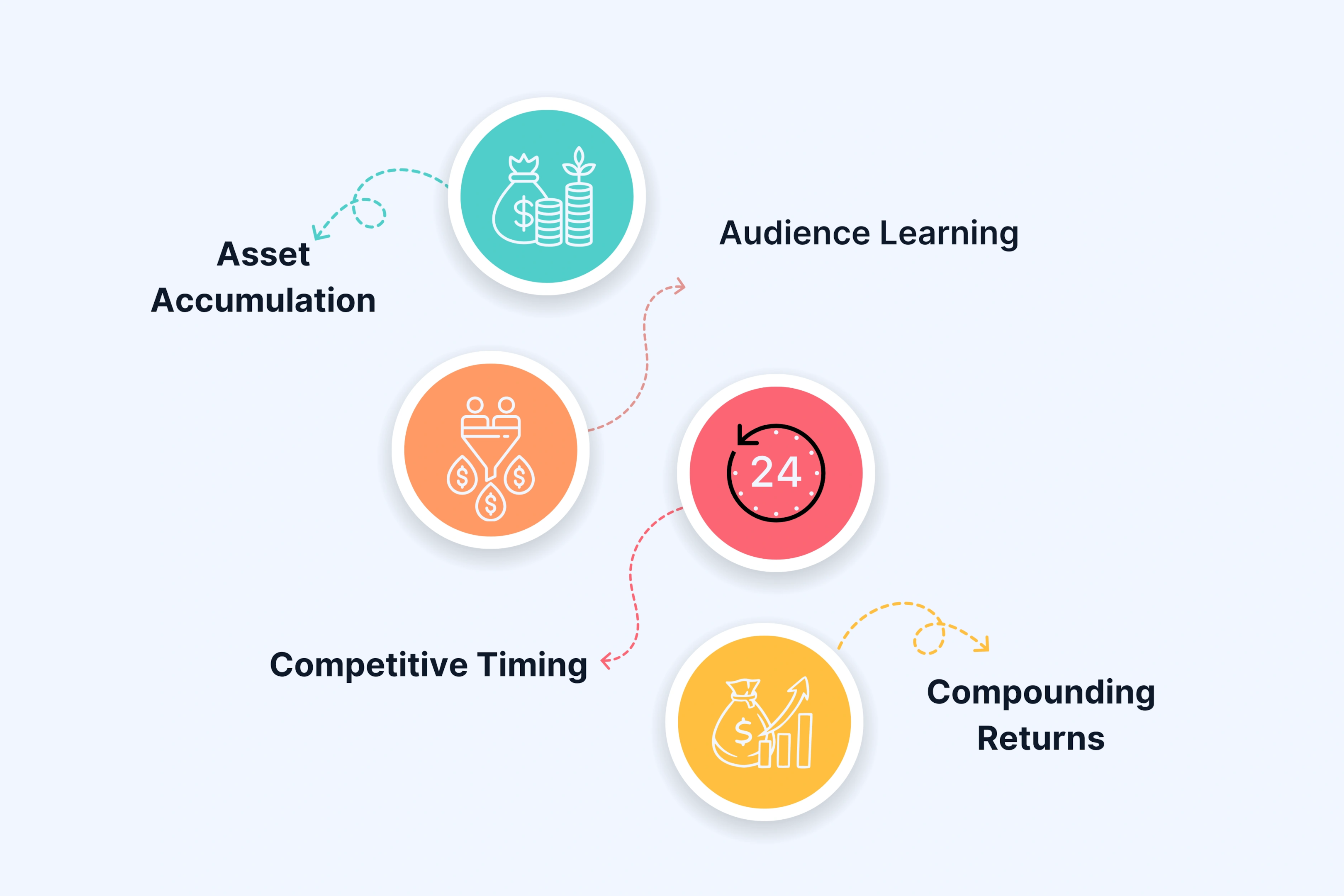
- Asset accumulation: Building libraries of reusable characters, scenes, and elements that make future campaigns exponentially cheaper
- Audience learning: Discovering what resonates with your specific customers through testing impossible without starting
- Competitive timing: Early adopters in your industry capture attention before personalization becomes table stakes everyone offers
- Compounding returns: Each campaign improves the next when you're committed to building capability, not just running one-off experiments
Evaluating If Partnership Makes Sense for Your Brand
Not every brand needs a creative partner immediately. But specific signals indicate you've outgrown DIY approaches and traditional methods that worked previously no longer deliver results worth the investment.
Signs You've Outgrown DIY Personalization
Your current approach worked when volume was low. Now scale exposes limitations that waste time and budget without producing content your audience actually engages with meaningfully.
Clear indicators you need partnership help:
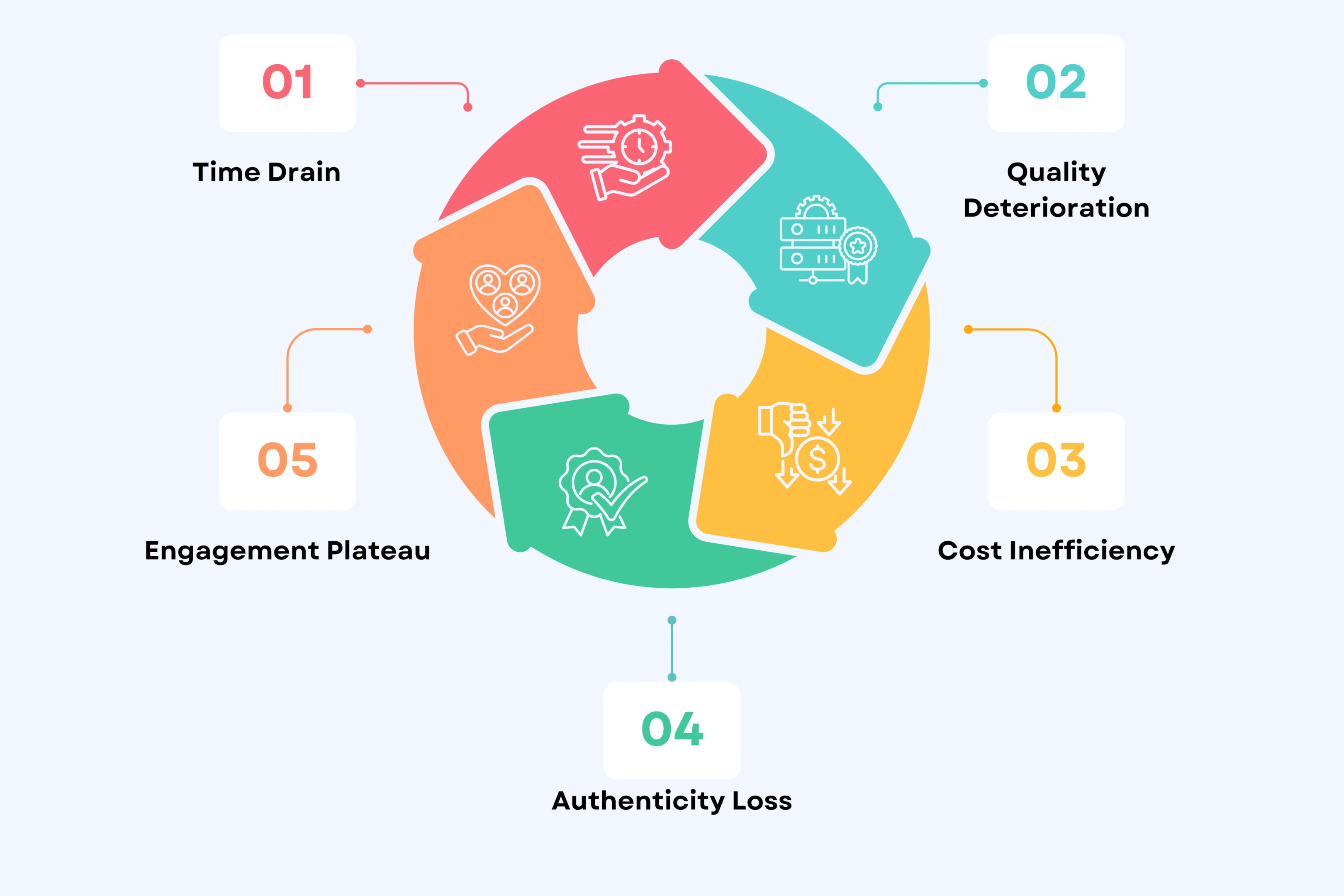
- Time drain: Your team spends more hours managing production logistics than developing strategy that drives business growth
- Quality deterioration: Videos look increasingly templated and generic as you try creating more variations faster
- Cost inefficiency: Per-video expenses don't justify results, making personalization economically unsustainable at current scale
- Authenticity loss: Your output looks automated rather than personal, defeating the entire purpose of personalization
- Engagement plateau: Metrics stop improving despite increased effort because execution quality can't keep pace with volume needs
What to Expect from a Creative Partner Relationship
Real partnerships challenge your thinking and improve your strategy, not just execute orders. Expect honest feedback that sometimes contradicts your initial ideas but produces better outcomes.
Partnership characteristics worth seeking:
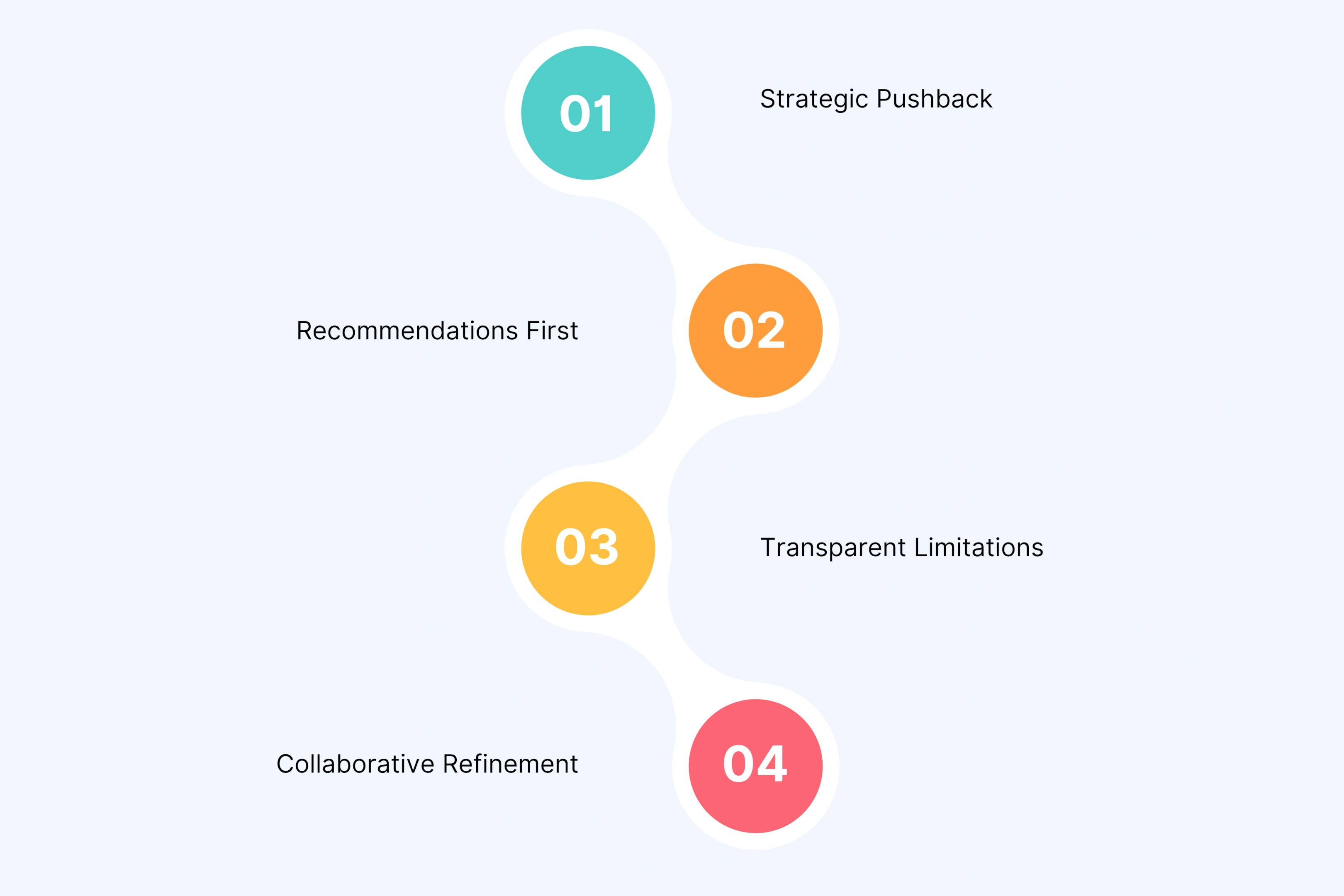
- Strategic pushback: Consultations that question assumptions and suggest alternatives based on what actually works in practice
- Recommendations first: Expert guidance before production starts, ensuring investment goes toward high-impact applications
- Transparent limitations: Honest conversations about what's achievable within your timeline and budget rather than overpromising
- Collaborative refinement: Iterative discussions that improve briefs through expertise, not rubber-stamping whatever you initially request
Questions Your Creative Partner Should Ask You
Partners focused on your success ask probing questions about goals, constraints, and audience before discussing production details or pricing.
Questions revealing serious partnership intent:

- Journey mapping: Which stages in your customer path need video most urgently based on current conversion bottlenecks
- Permission clarity: What information do you have explicit consent to use for personalization without crossing ethical boundaries
- Success metrics: How you'll measure whether investment worked, defining outcomes beyond vanity engagement numbers
- Brand requirements: What voice, style, and guidelines must stay consistent across all variations regardless of personalization
Questions You Should Ask Potential Partners
Evaluating partners requires looking past portfolios to understand process, quality standards, and how they'll actually work with your team.
Critical questions before committing:
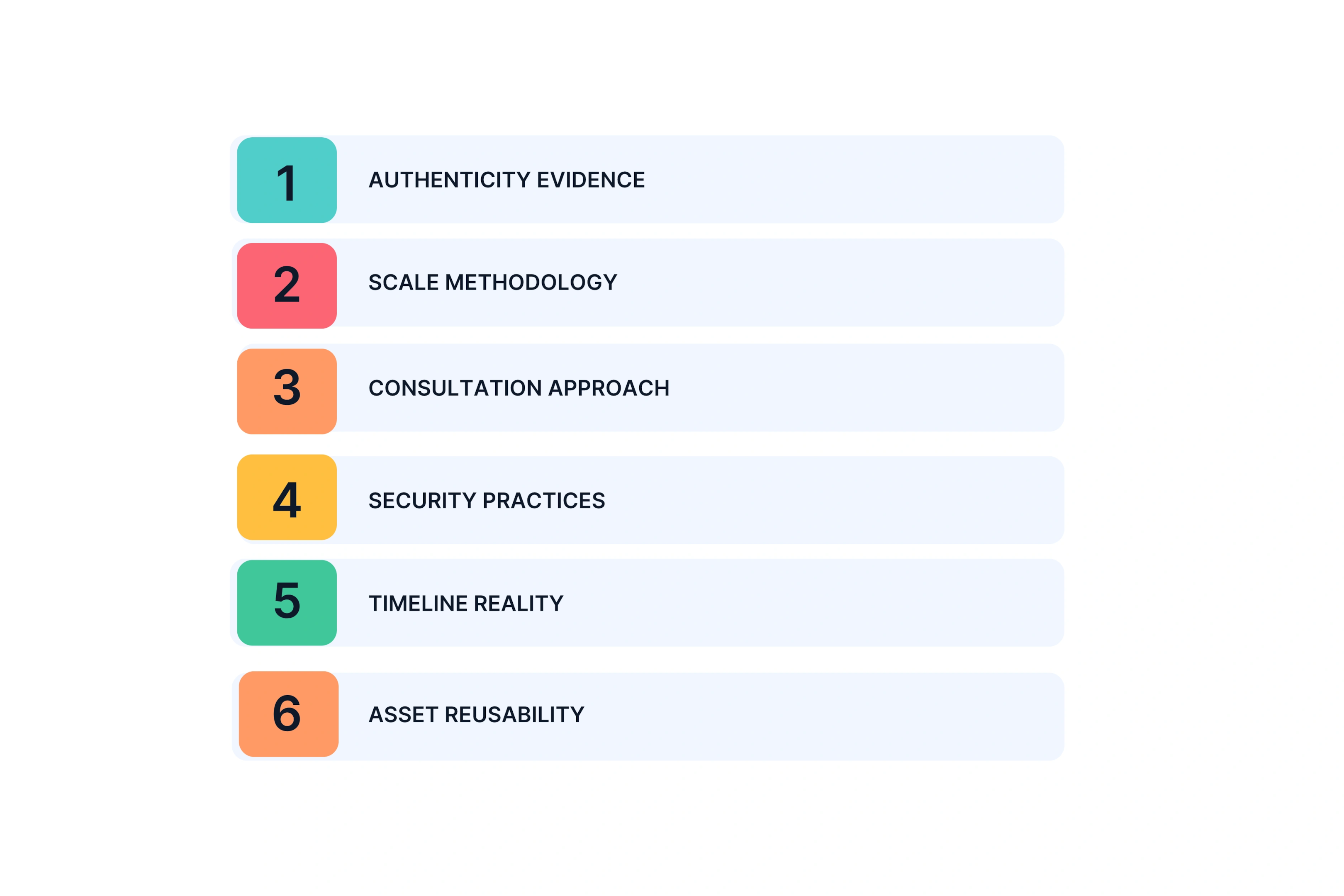
- Authenticity evidence: Can they show examples of lifelike, believable personalized content that passes your quality bar
- Scale methodology: How they maintain personal feel when producing hundreds or thousands of variations simultaneously
- Consultation approach: What their strategic process looks like before any production work begins
- Security practices: How they handle sensitive customer information with appropriate protections and compliance
- Timeline reality: What's genuinely achievable without sacrificing quality standards that make personalization effective
- Asset reusability: Whether characters, scenes, and elements can be leveraged across future campaigns for efficiency
The ROI Calculation That Matters
Look beyond immediate production costs to long-term value creation. Smart partnerships reduce acquisition costs while increasing what each customer is worth over their entire relationship.
Value components worth calculating:
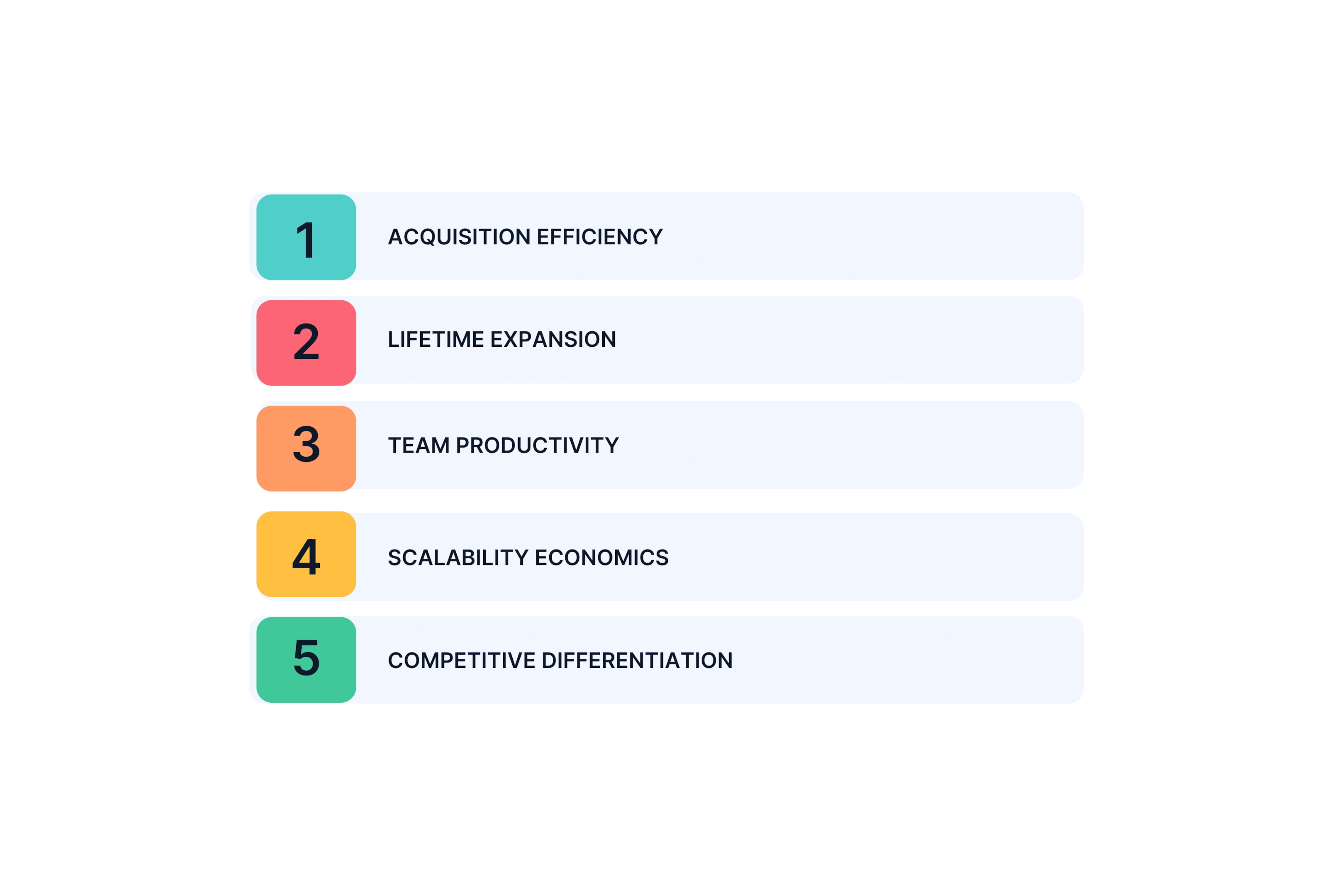
- Acquisition efficiency: Lower cost per customer when personalization improves conversion rates at each journey stage
- Lifetime expansion: Increased revenue per customer through stronger loyalty and more frequent repeat purchases
- Team productivity: Time your marketing staff reclaims by not managing production logistics internally
- Scalability economics: Cost per video decreases as volume increases through asset reuse and workflow optimization
- Competitive differentiation: Premium your brand commands in crowded markets where personalization sets you apart
FAQ Section
Is personalized video marketing just a trend?
The psychology behind personalized video content is based on how brains fundamentally work—attention, memory, emotion. These aren't trends; they're neuroscience. What's trending is the technology finally catching up to deliver this at scale.
How is working with a creative partner different from using a DIY personalized video tool?
Tools give you templates and automation. Creative partners give you strategy, lifelike quality, and consultation. It's the difference between a hammer and a carpenter. Tools can't assess your customer journey, recommend optimal personalization points, or maintain authentic quality at scale.
What makes video format better than personalized email or messages?
Video creates emotional connection through multiple channels—visual, auditory, movement. Your brain processes video content differently than text, creating stronger memory formation and deeper engagement. Personalized video messages combine psychology of personalization with power of video format.
How much customer data do I need to start?
Minimum viable: names and one behavioral data point (past purchase, browsing behavior, etc.). Your creative partner helps determine what data creates meaningful personalization for your target audience without being creepy. Quality of data matters more than quantity.
Can small brands afford personalized video campaigns?
Consider customer lifetime value, not just upfront cost. One personalized video campaign that improves customer retention by 20% pays for itself quickly. Creative partnerships make personalization accessible because technology enables scale—cost doesn't multiply linearly with volume.
How do I measure if my personalized video content is working?
Track key performance metrics: click through rates, watch duration, conversion rates, customer engagement, and customer retention. Compare against your generic marketing baseline. Your creative partner should help define what success looks like for your specific goals.
What about data security and privacy concerns?
Work with partners who use explicit consent, transparent data management, and privacy-first approaches. Your customers care about HOW their data is used. Responsible personalization builds trust; creepy personalization destroys customer loyalty. Choose partners who take data security seriously.
How long does it take to create personalized video at scale?
Realistic timeline: few hours to few days, depending on complexity. Anyone promising 30-minute turnaround is either using basic templates (sacrificing quality) or misleading you. Authentic personalized video messages that create emotional connection require proper production, even with technology acceleration.
Can B2B brands use personalized video marketing?
Absolutely. B2B buyers are humans who respond to personal connection and emotional connection. Personalized video works exceptionally well for complex B2B customer journey stages—demos, onboarding, customer relationship management. The psychology behind personalization doesn't change based on business model.
What's the difference between personalized video and personalized content in general?
Video format combines visual storytelling, audio, movement, and personalization psychology. Your brain processes video content more holistically than text, creating stronger emotional connection and better information retention. Personalized video messages deliver impact that personalized emails can't match.
Do I need to provide scripts or concepts, or does my creative partner handle that?
Both options work. You can provide detailed briefs and scripts, or share objectives and let your partner develop concepts. Best results come from collaboration—you bring business goals and customer insights, your partner brings video marketing expertise and personalization strategy.
Can virtual influencers really look authentic enough to build trust?
When done right, yes. The technology exists to create lifelike avatars that pass authenticity tests. The difference is execution quality. Poor virtual influencers fall into uncanny valley; well-crafted ones create genuine emotional connection. This is where creative partnership quality matters most.
Conclusion
The psychology behind personalized video content is undeniable. Your brain responds to personalized messages differently than generic marketing. But understanding psychology doesn't solve execution challenges at scale.
Most brands stay trapped between expensive agencies and cheap template tools that sacrifice quality. Creative partnerships solve both problems through strategic consultation and end-to-end production that maintains authentic quality.
Brands winning with personalized video aren't doing it alone. They partner with experts who understand both psychology and production reality. Your decision isn't whether personalization works. It's whether you'll struggle alone or accelerate results through partnership.
Ready to scale personalized video without sacrificing quality? Schedule your strategy call today.


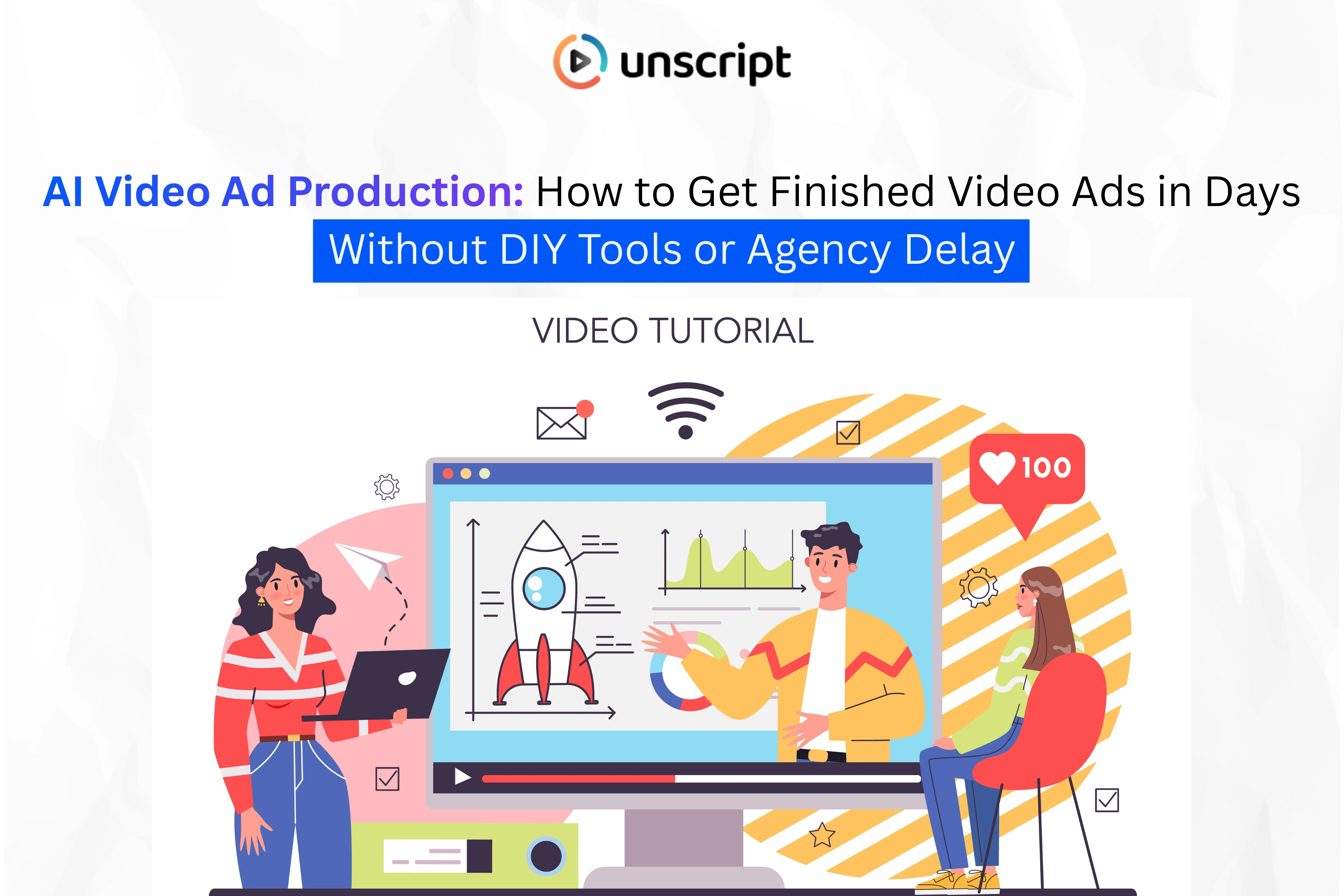
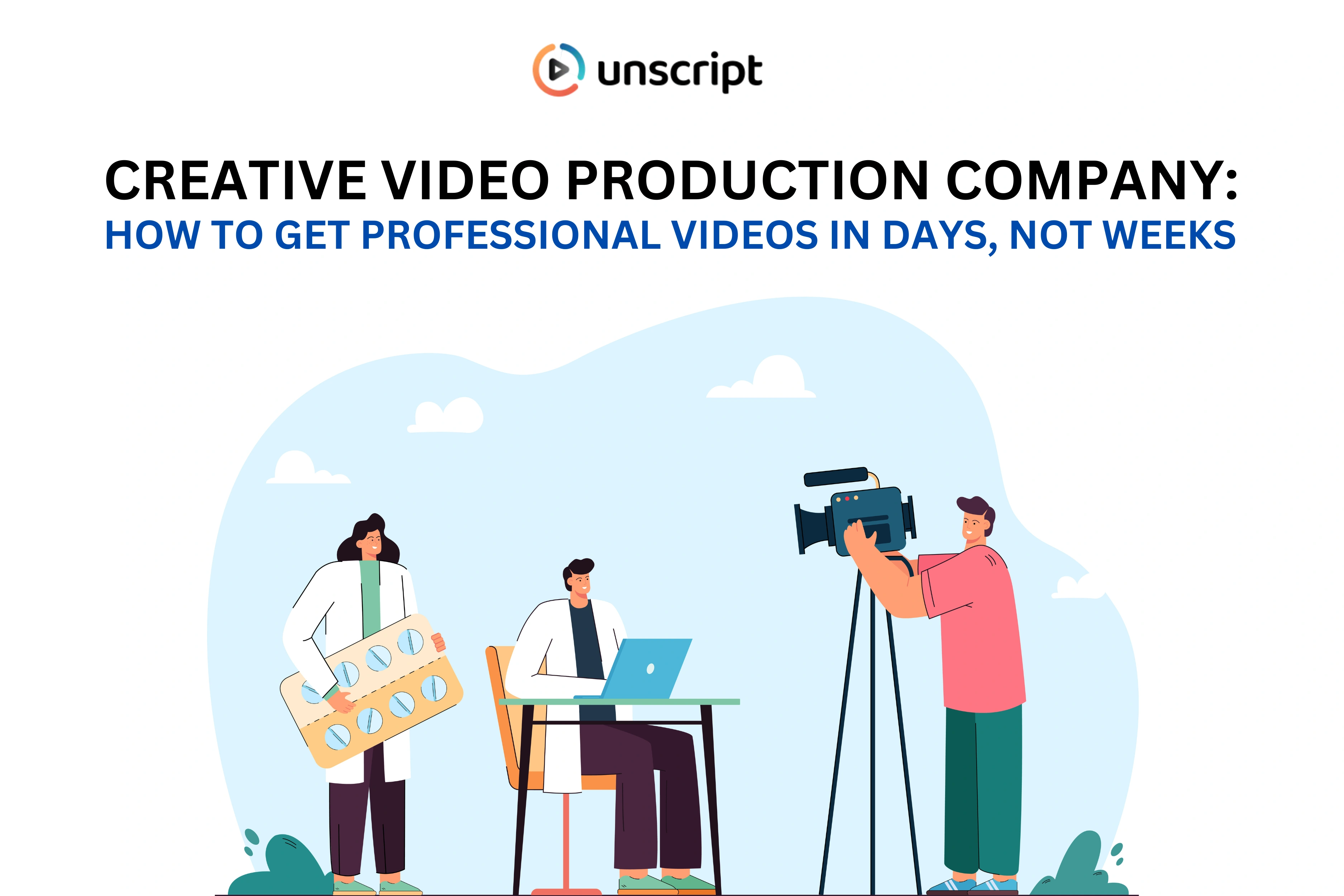










.png)




















.webp)
.svg)
.svg)
%201.svg)

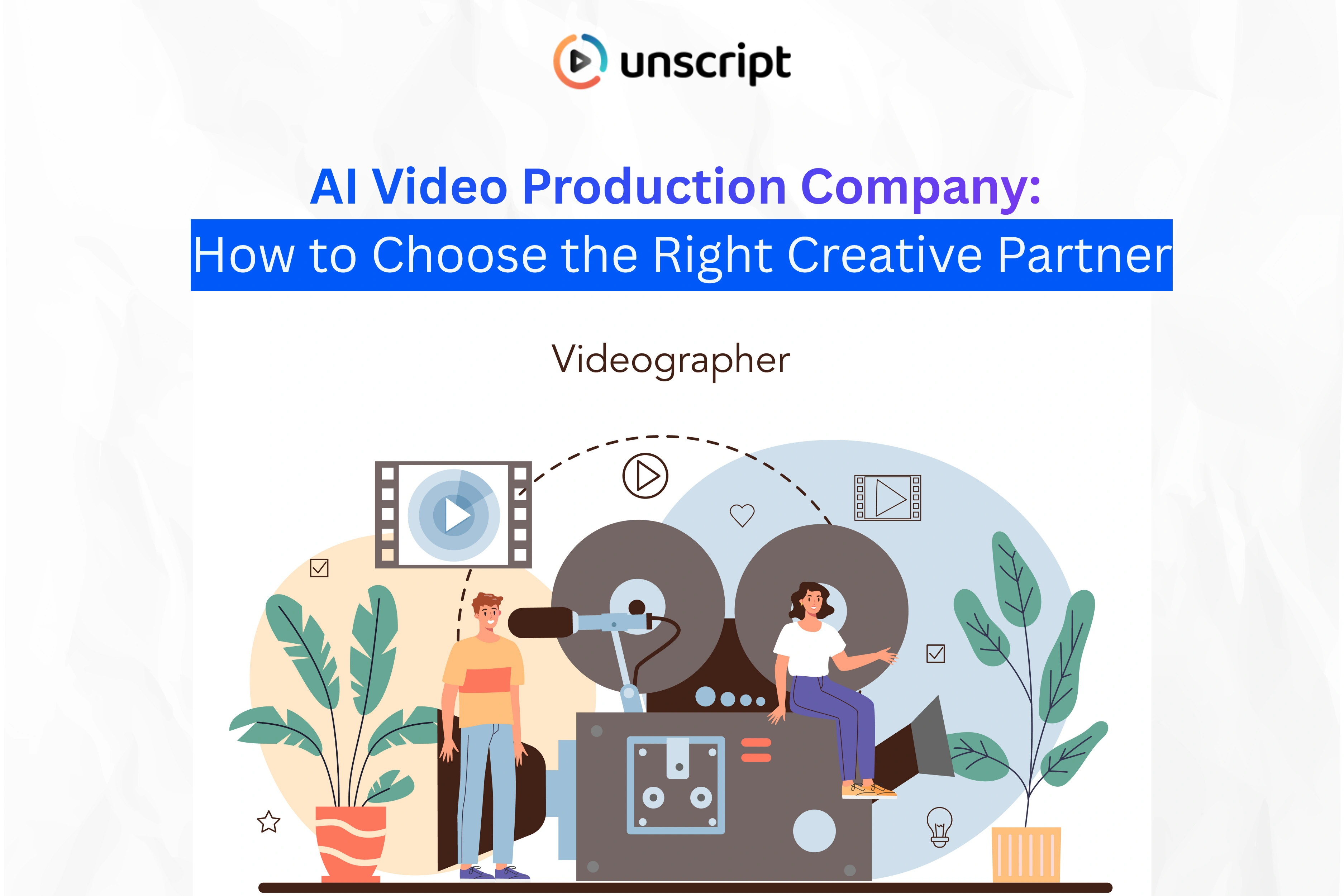
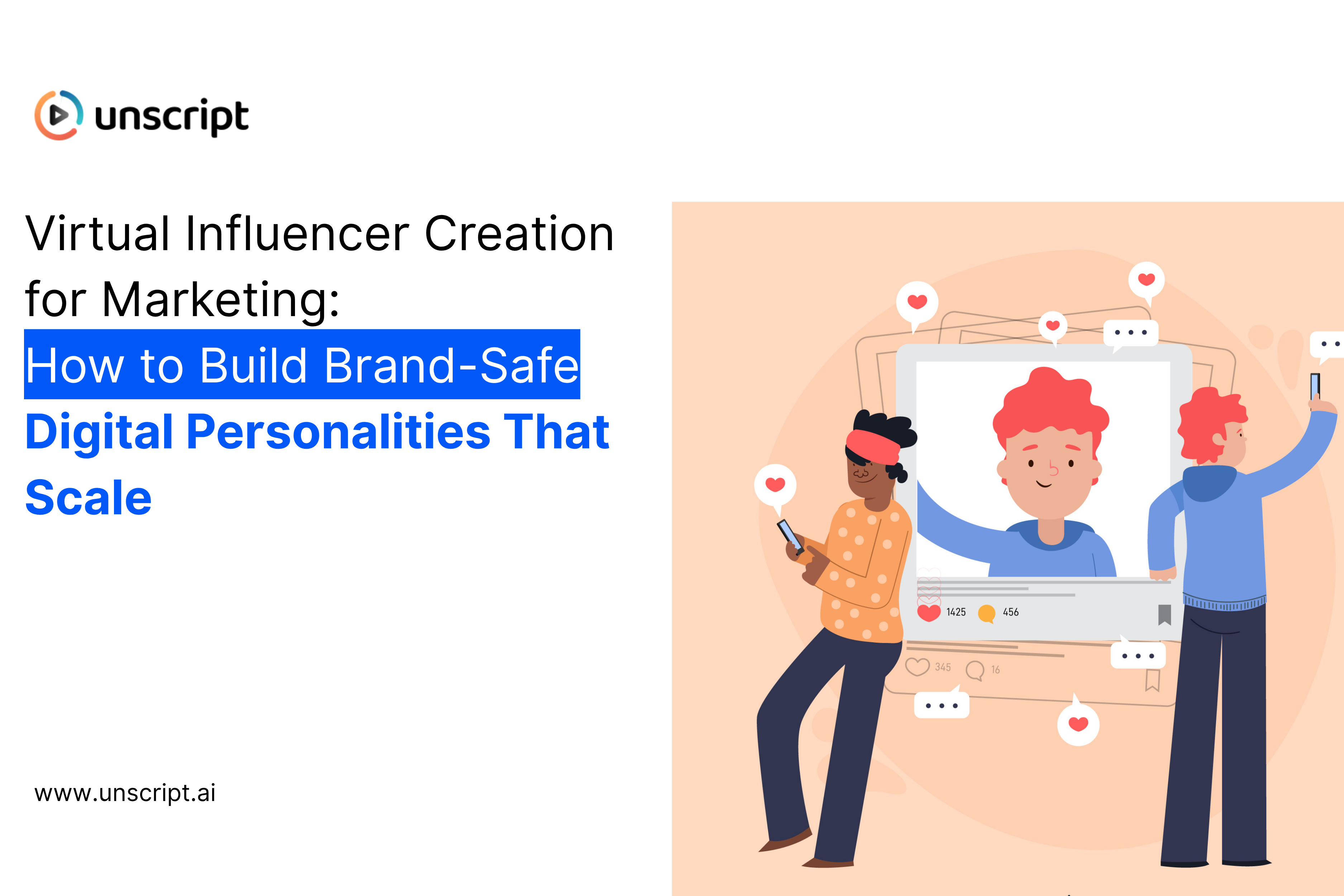





.svg)
